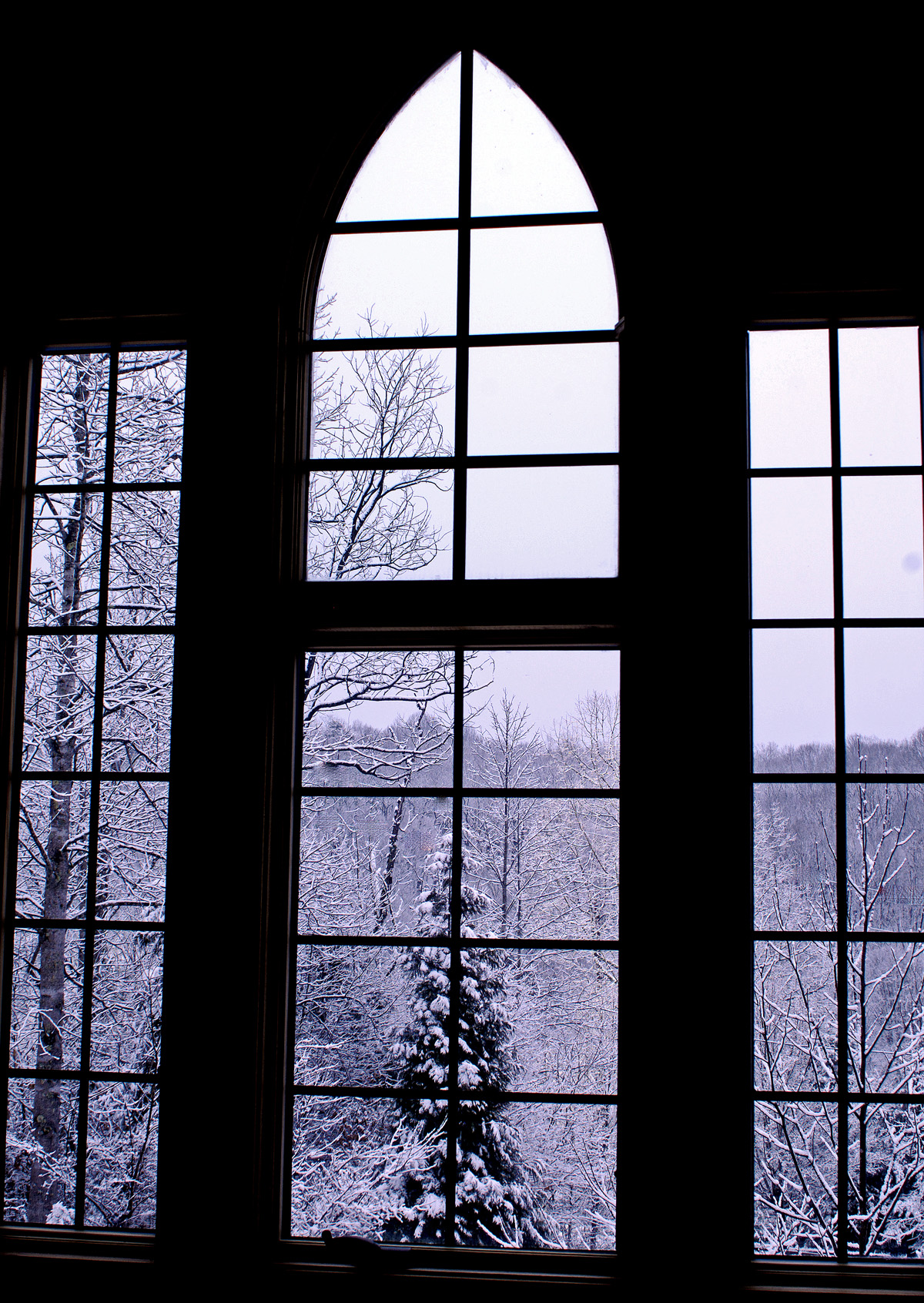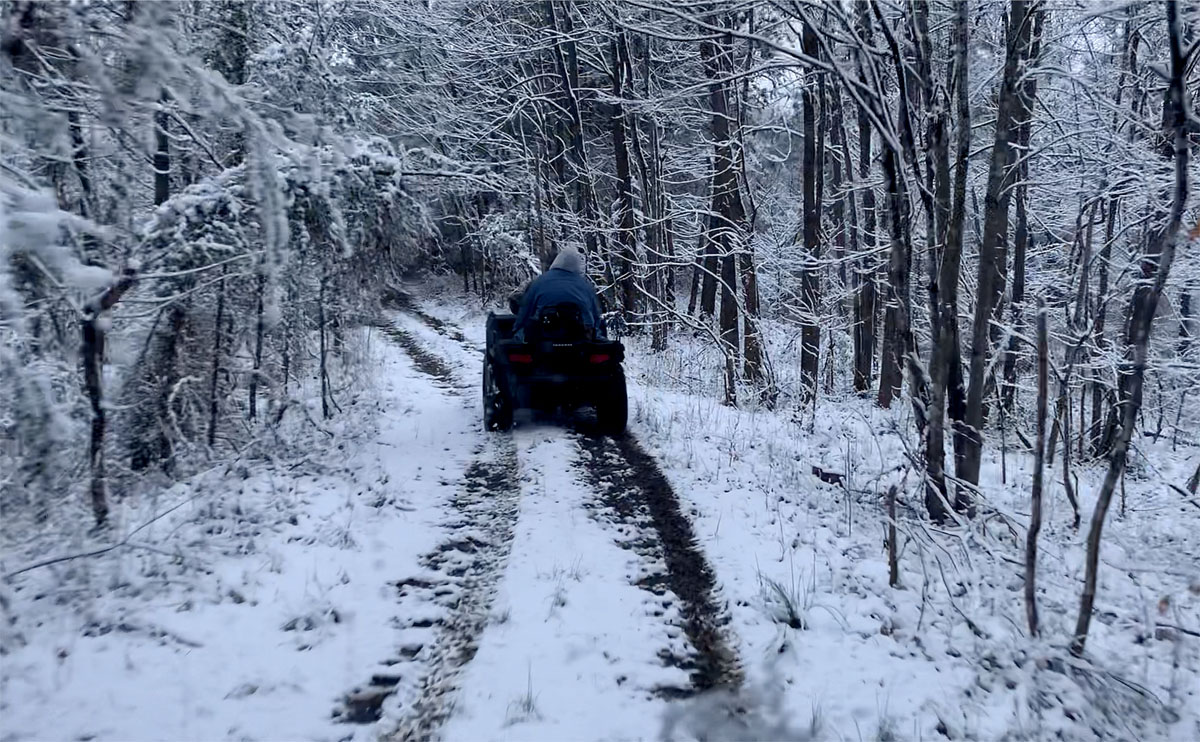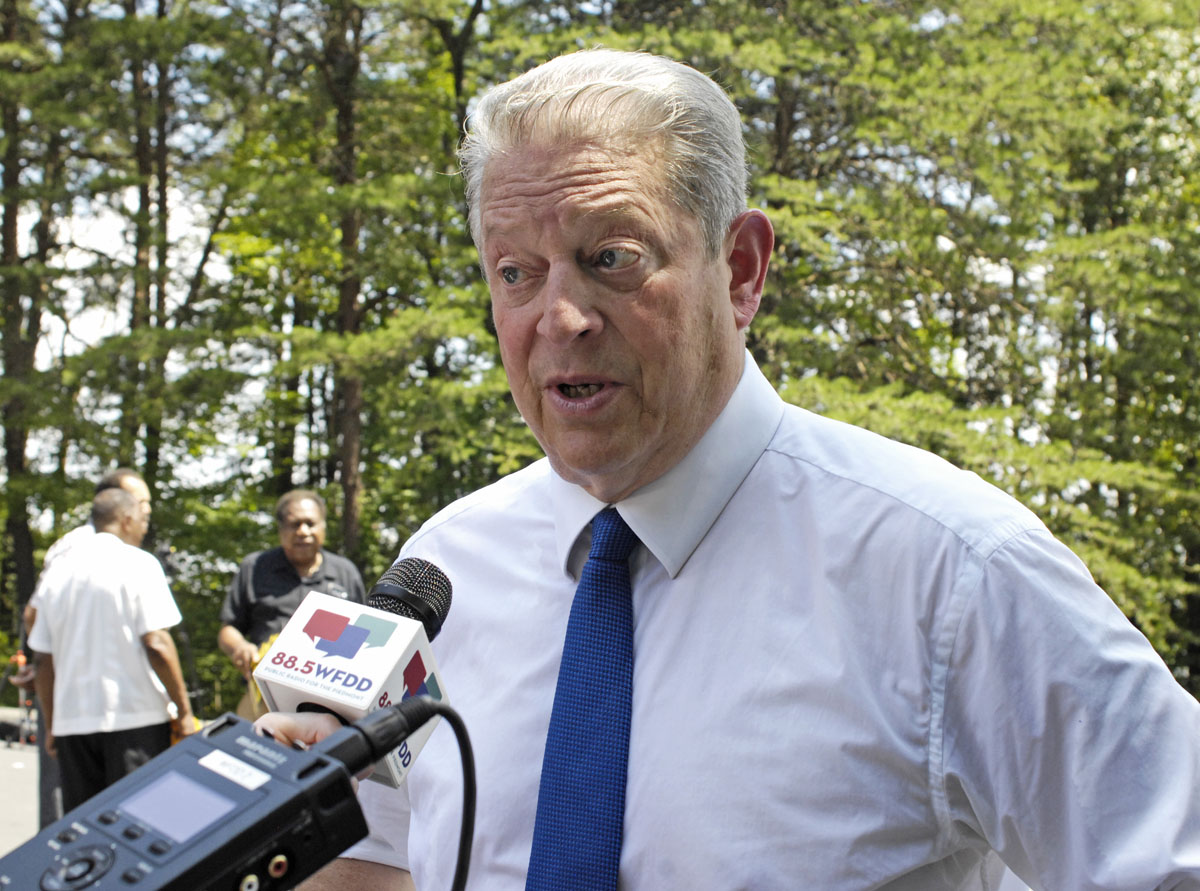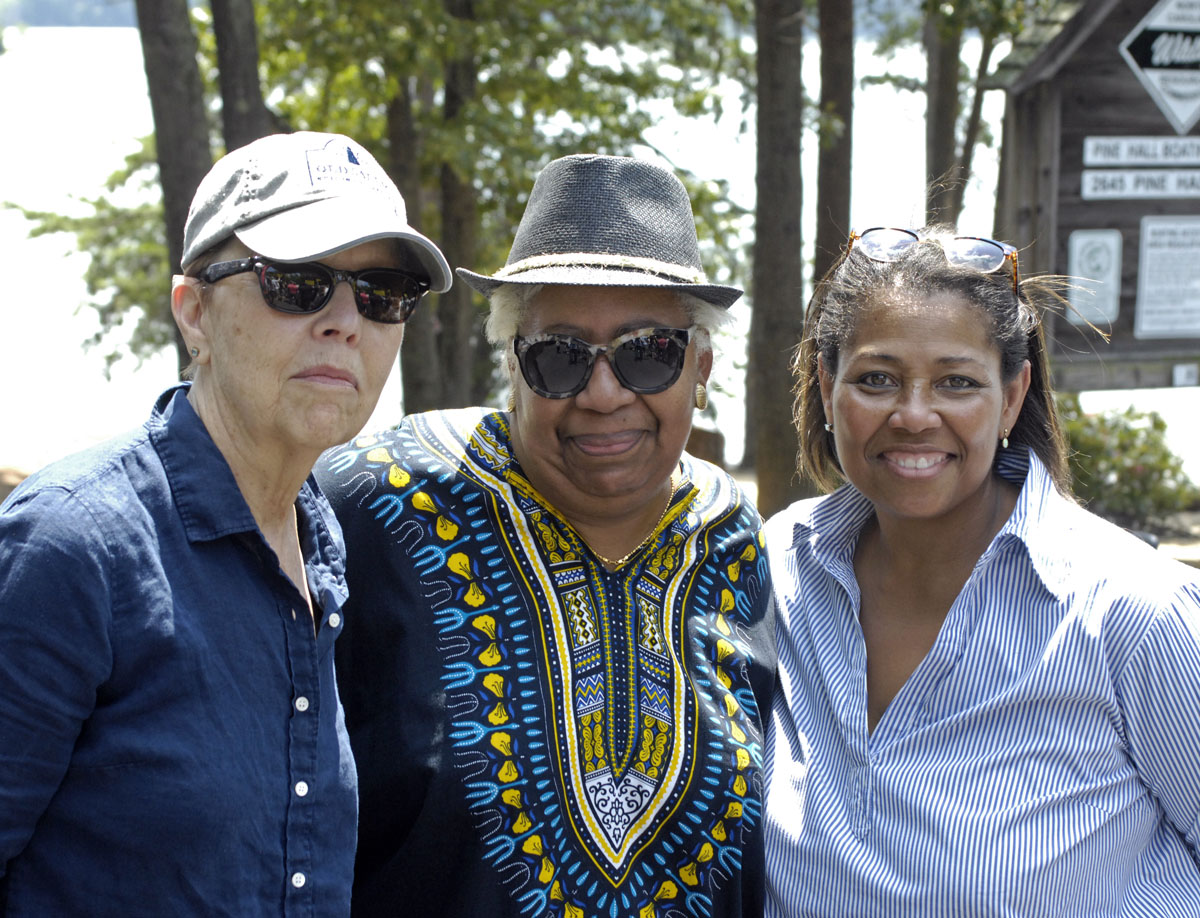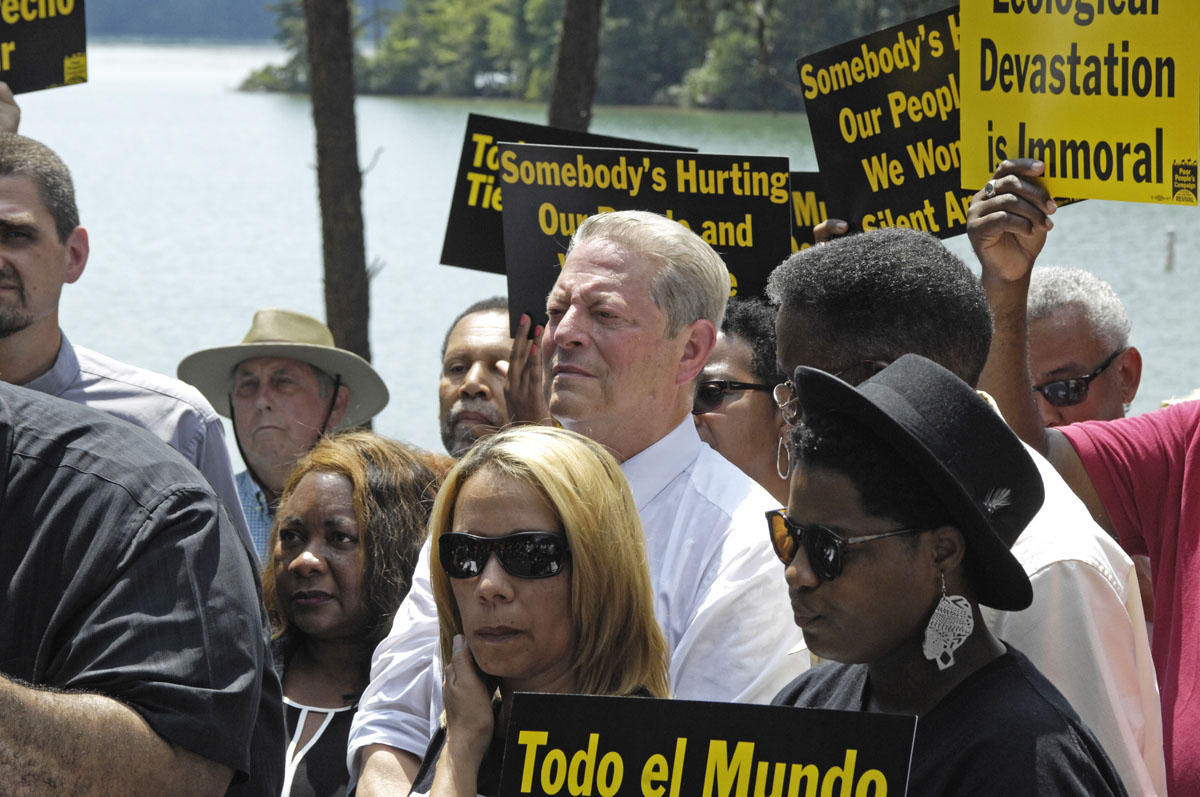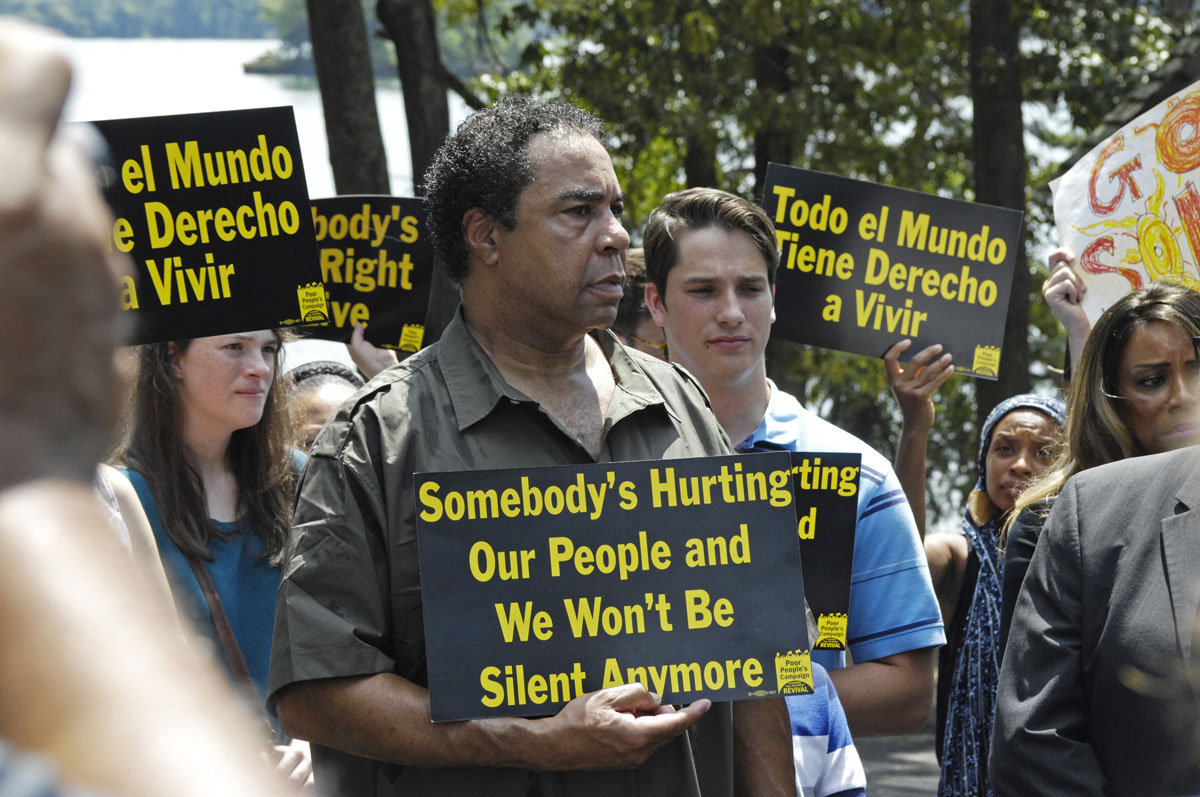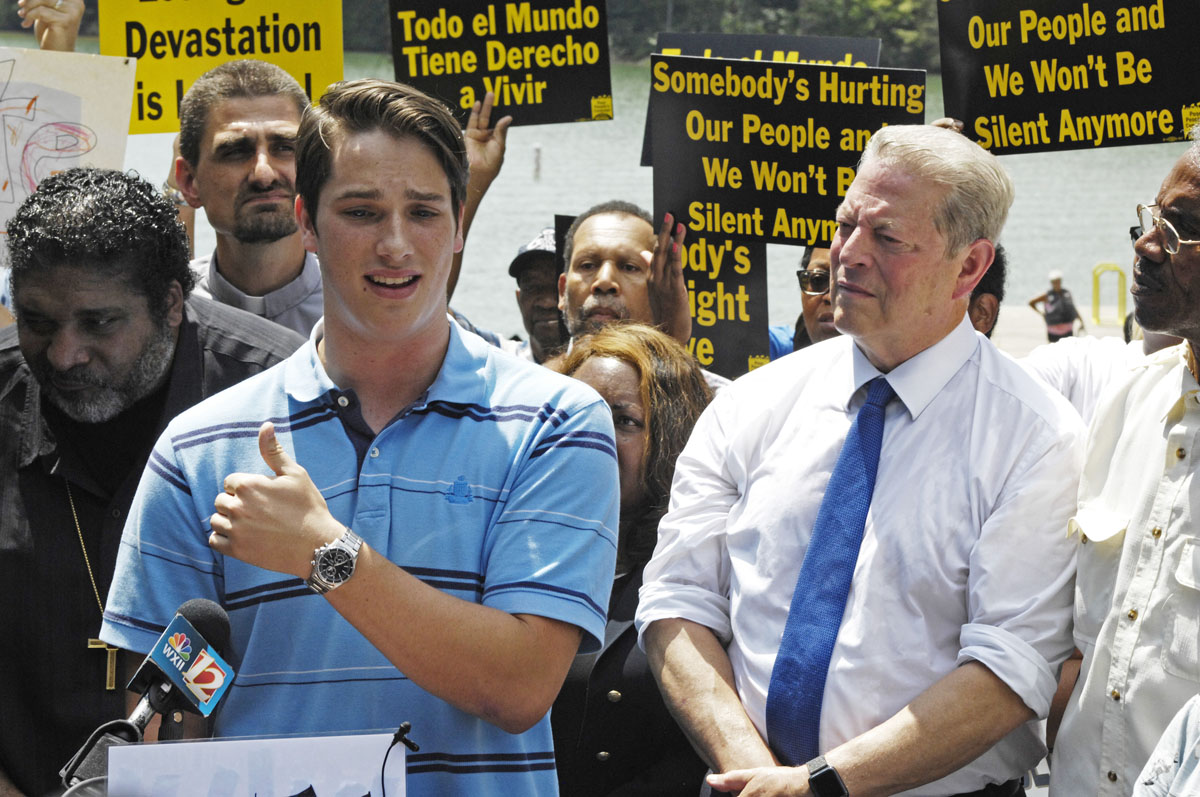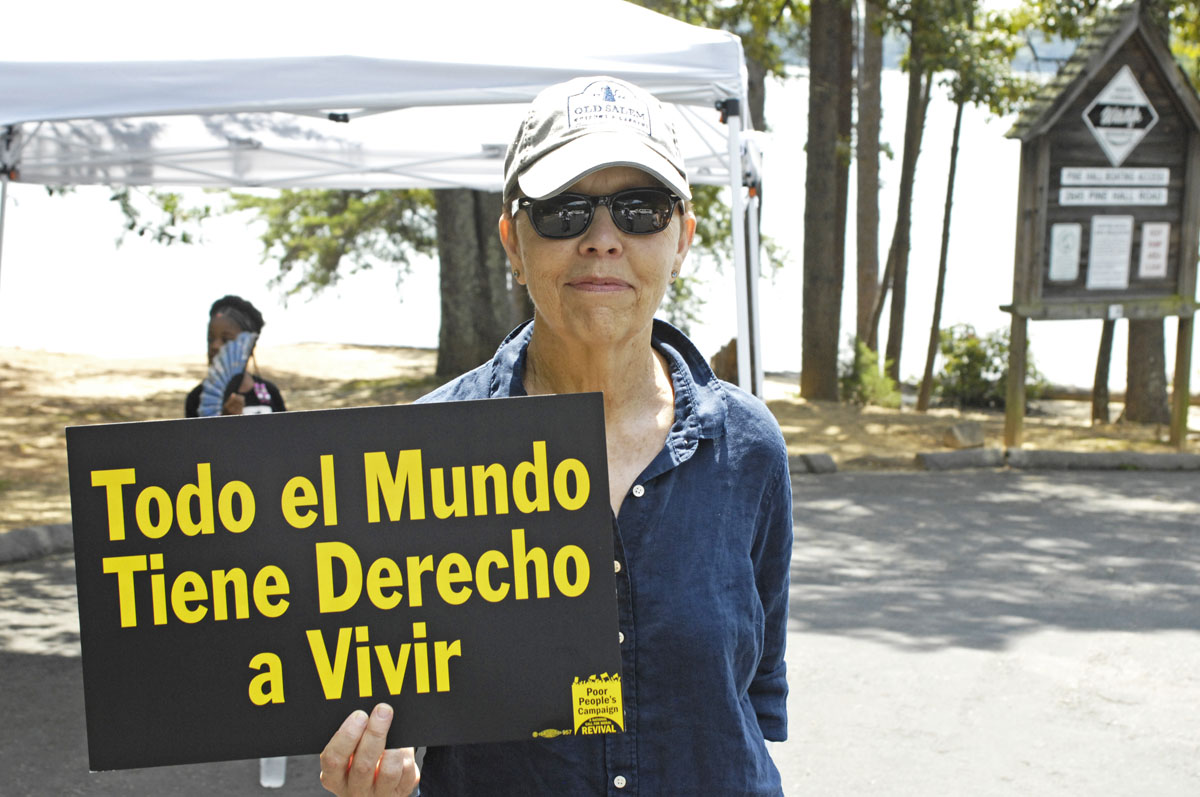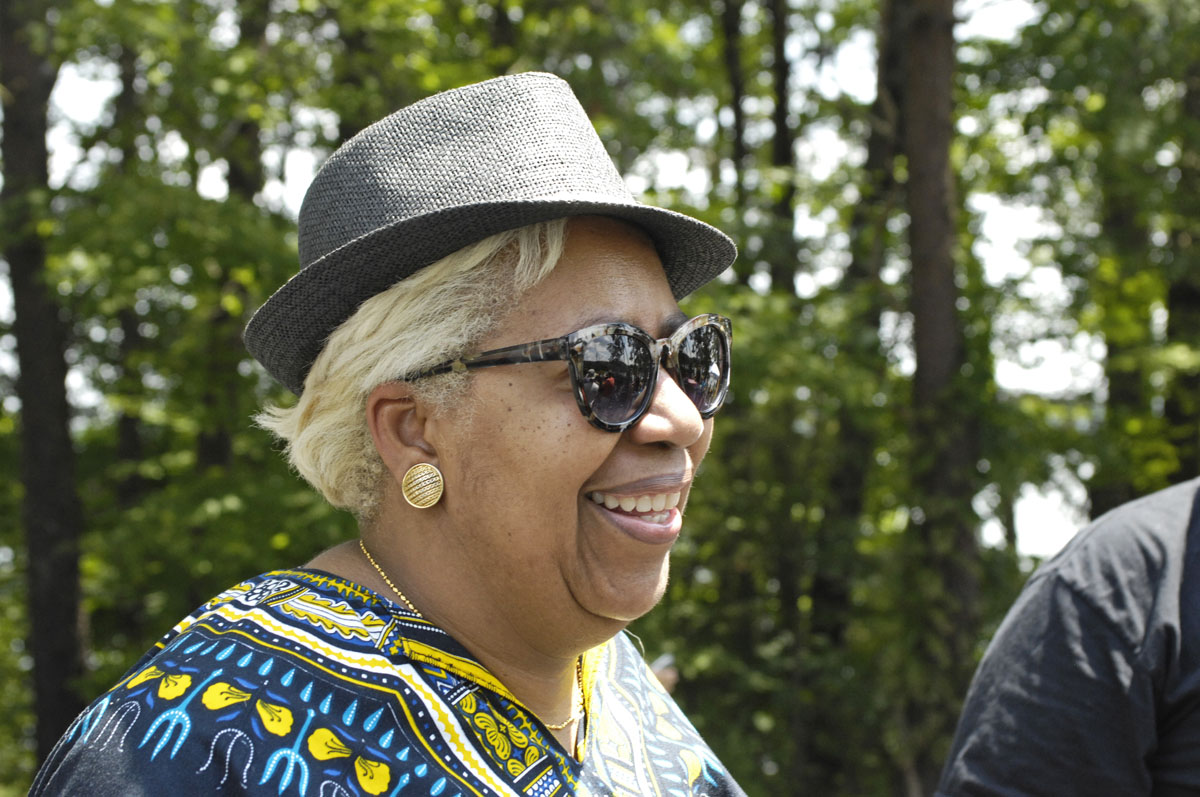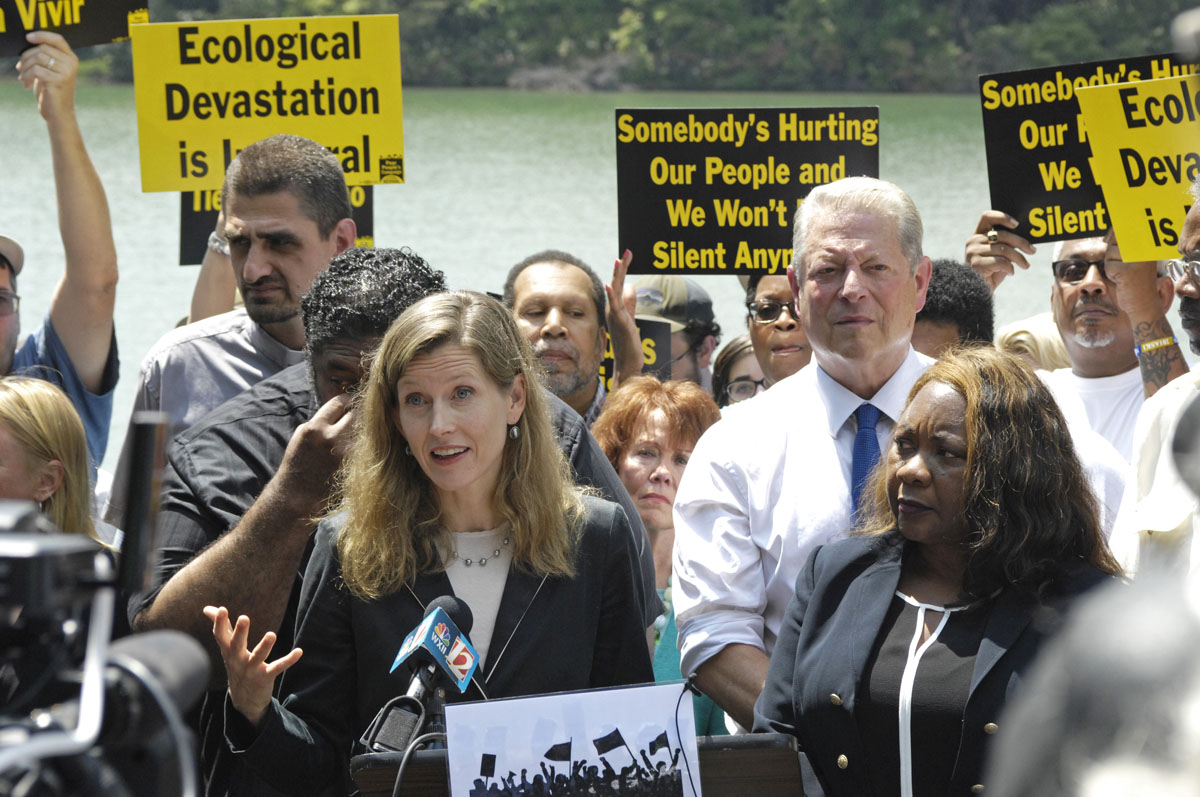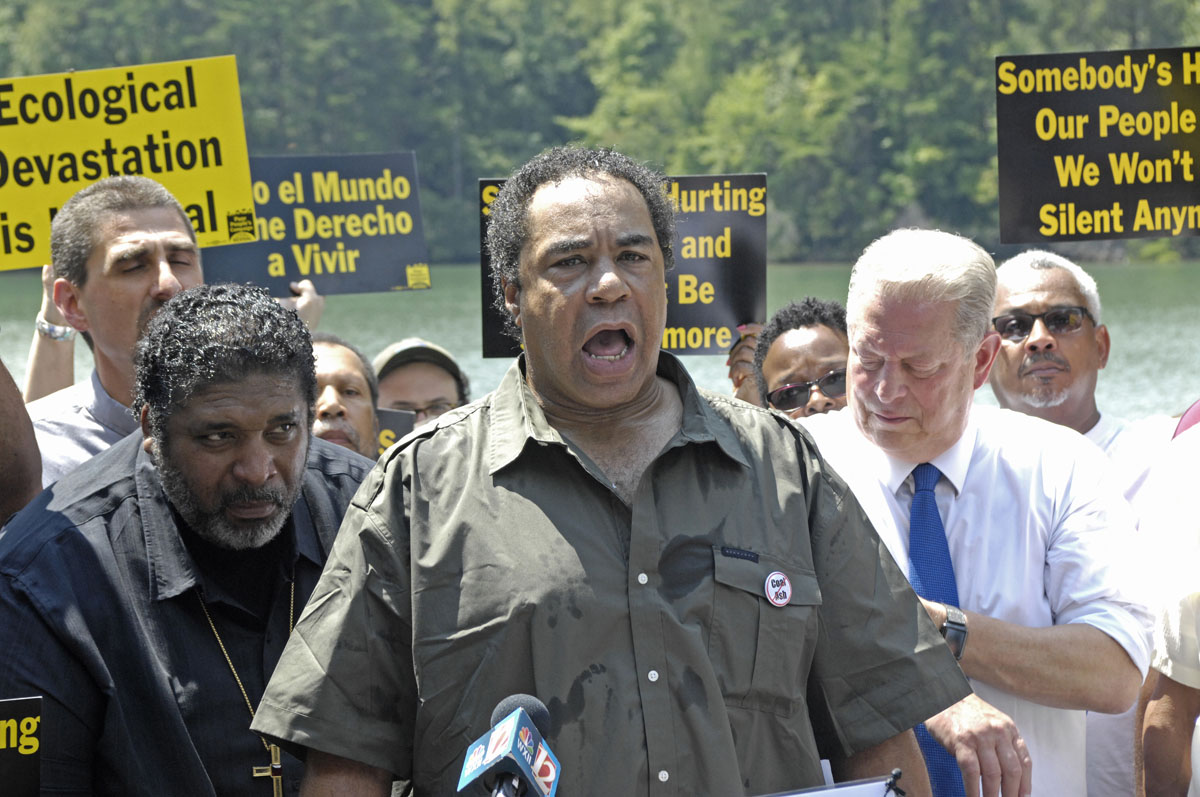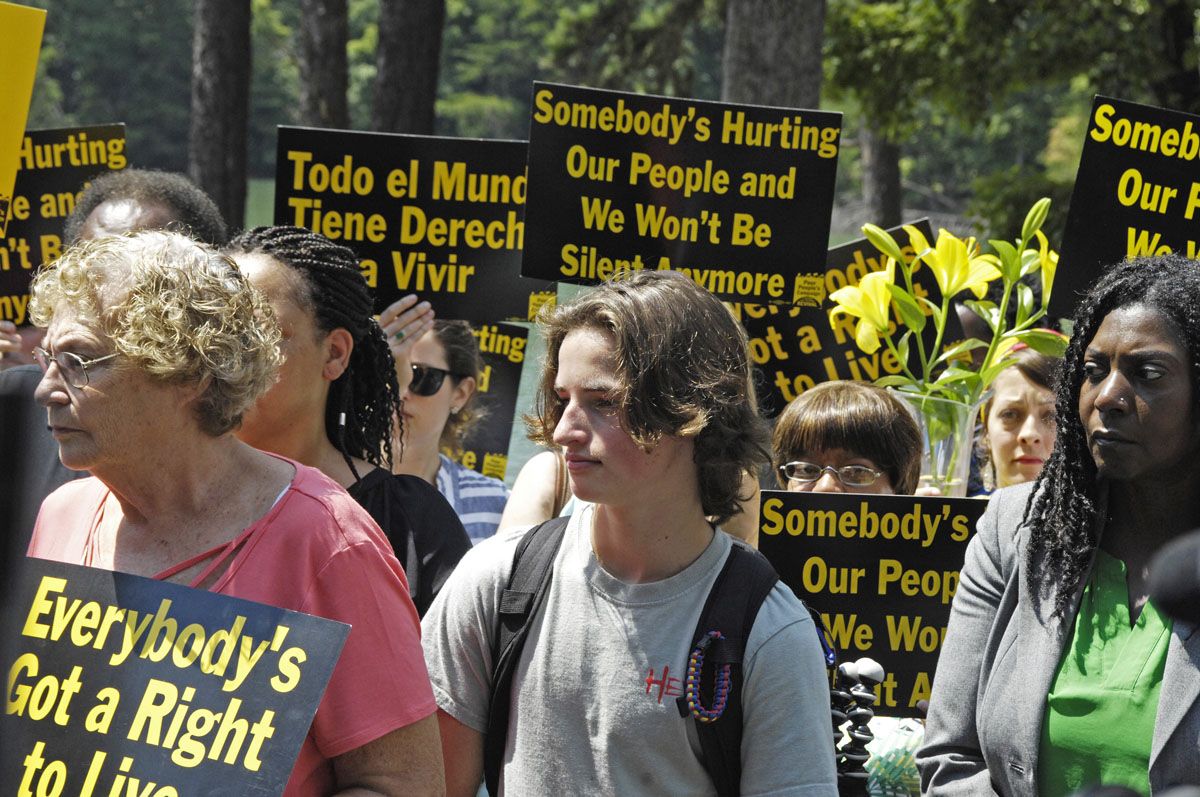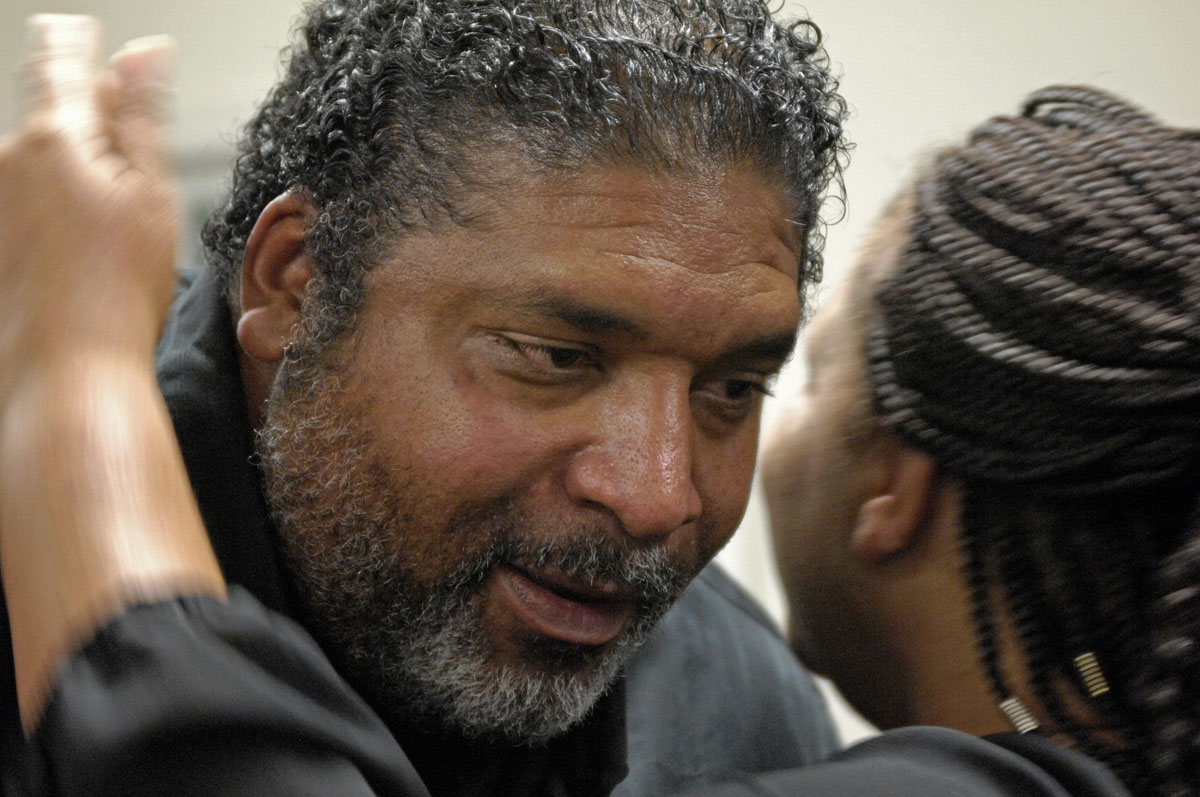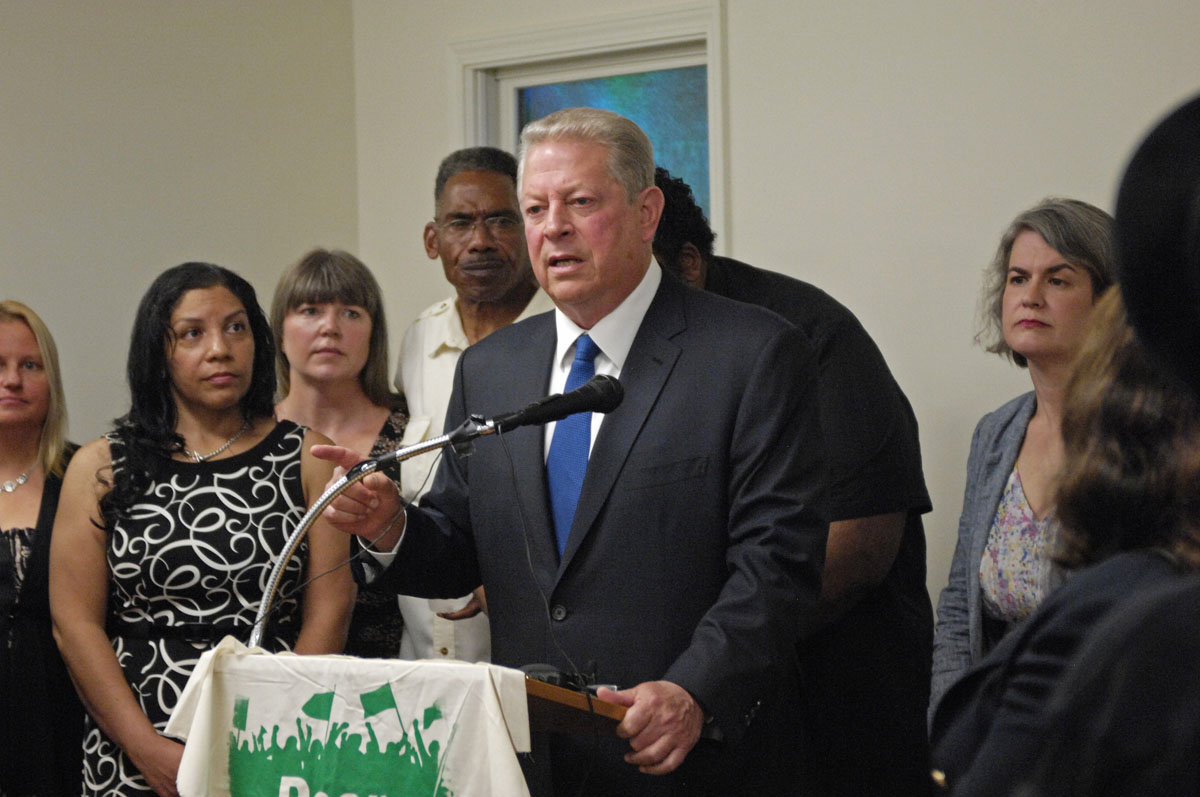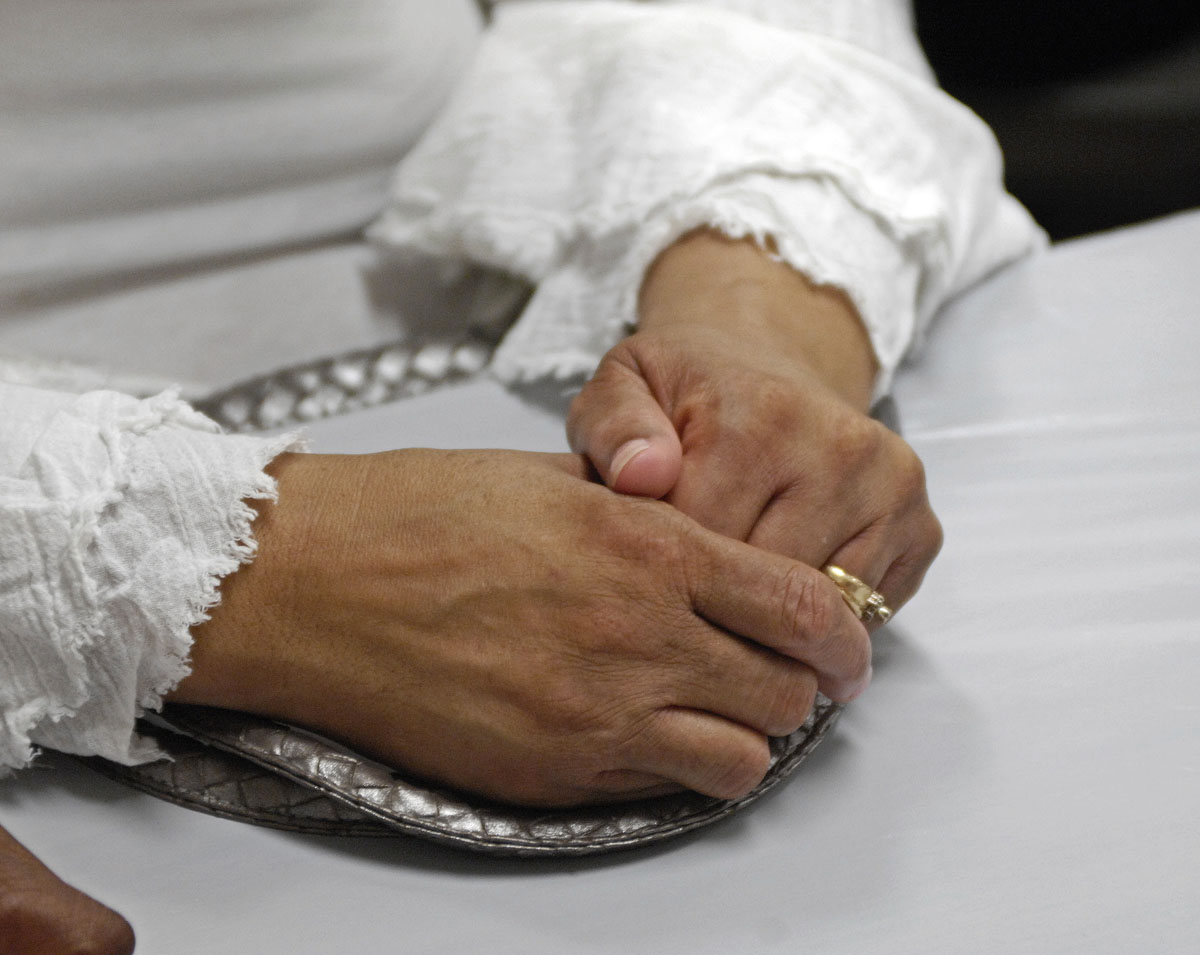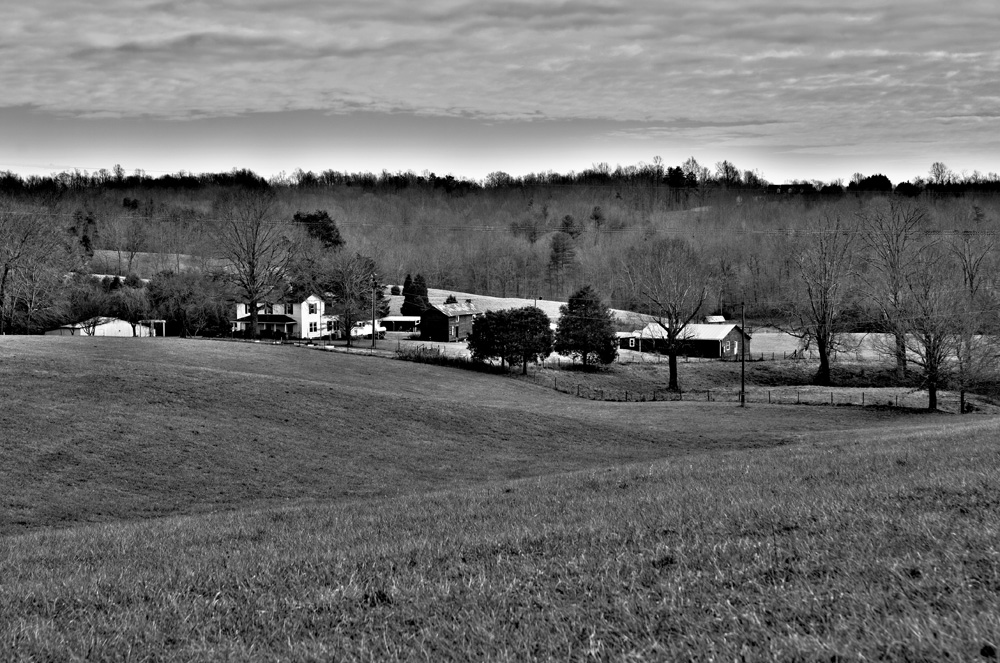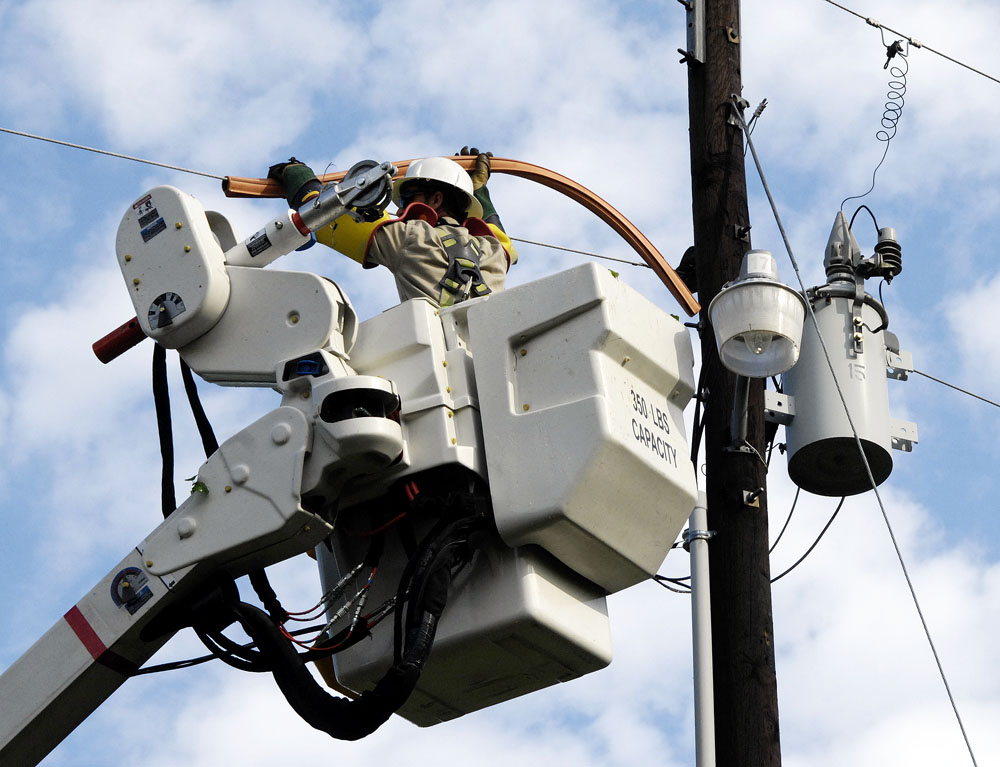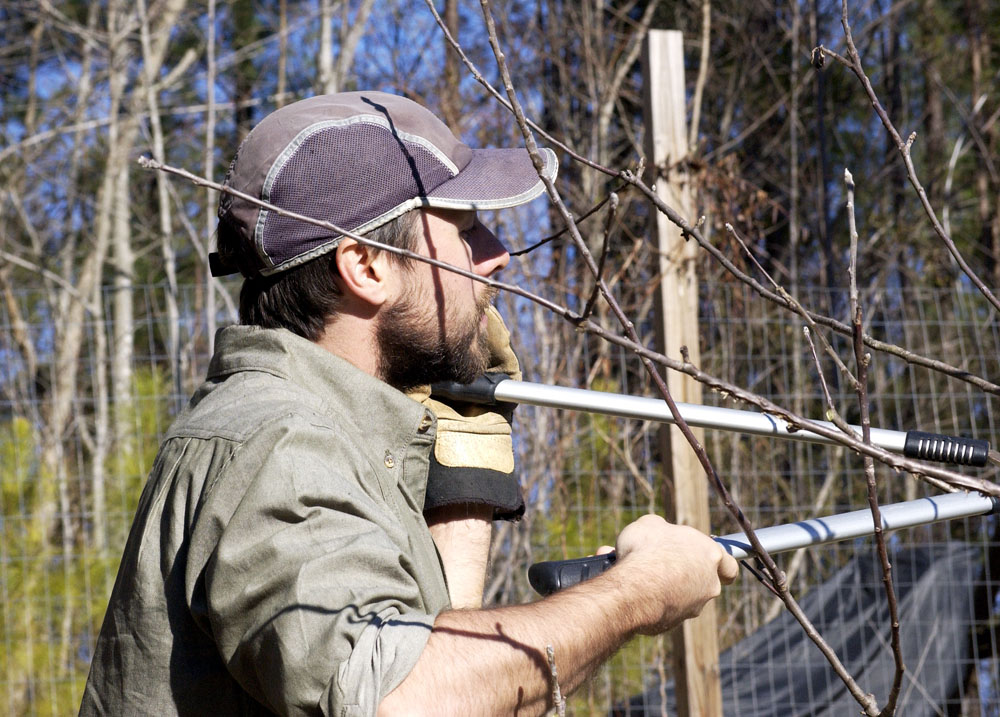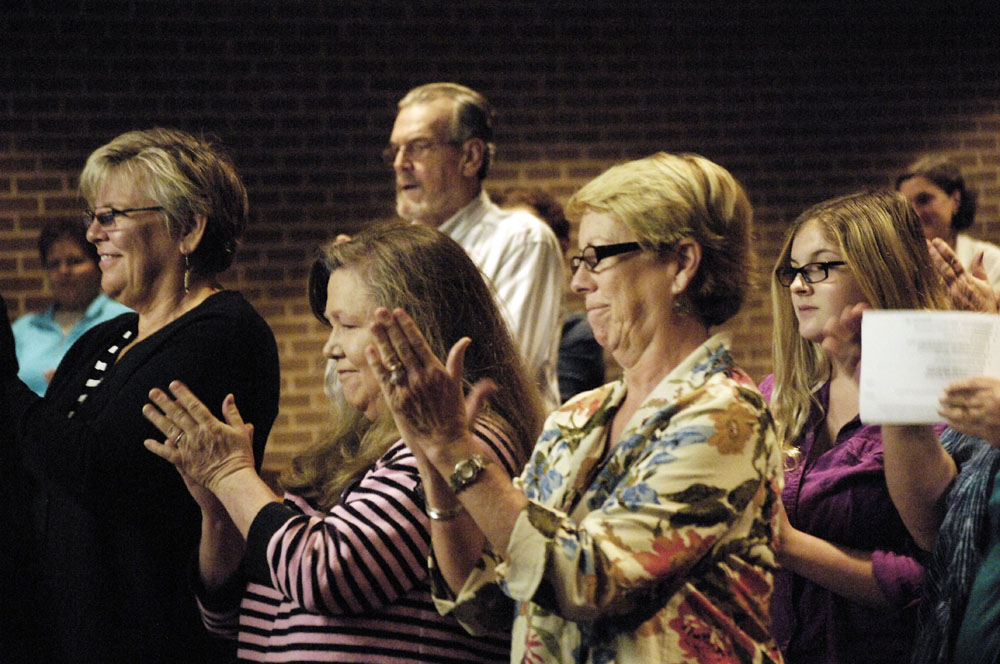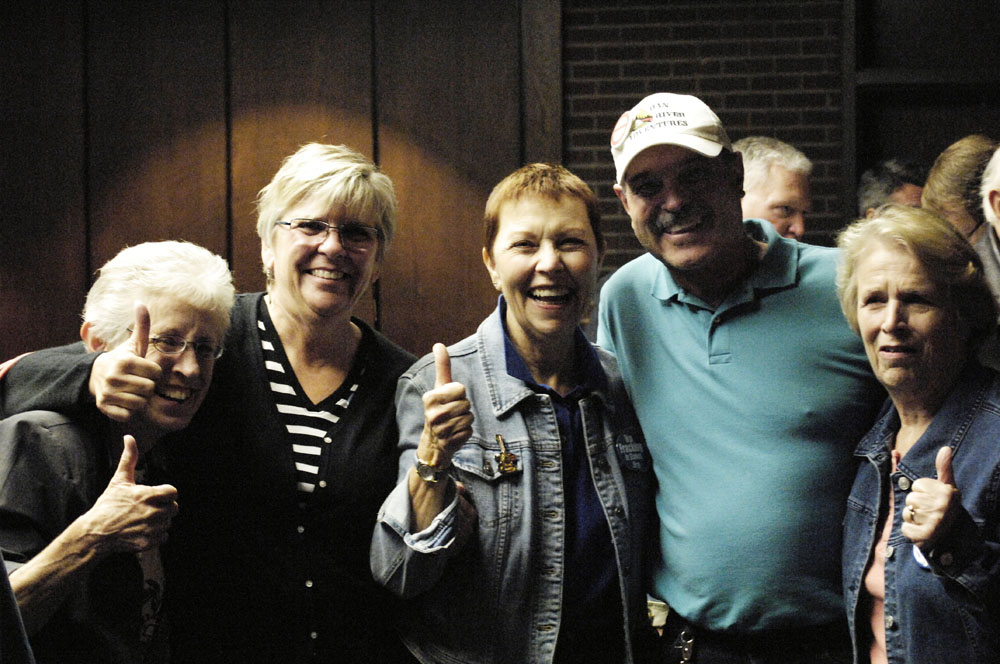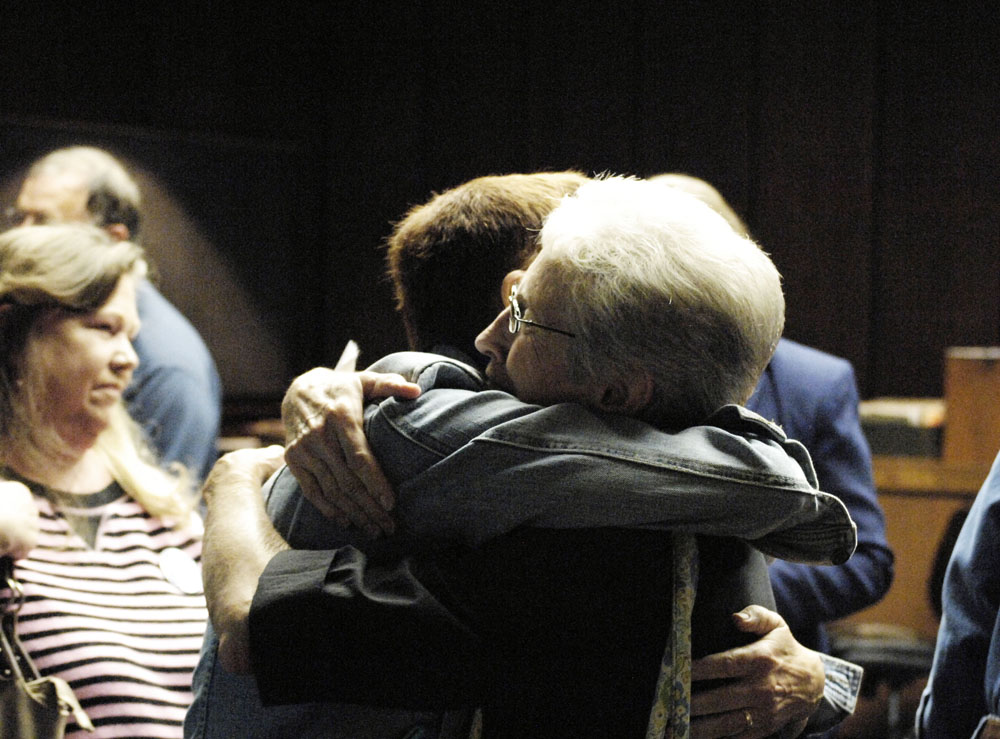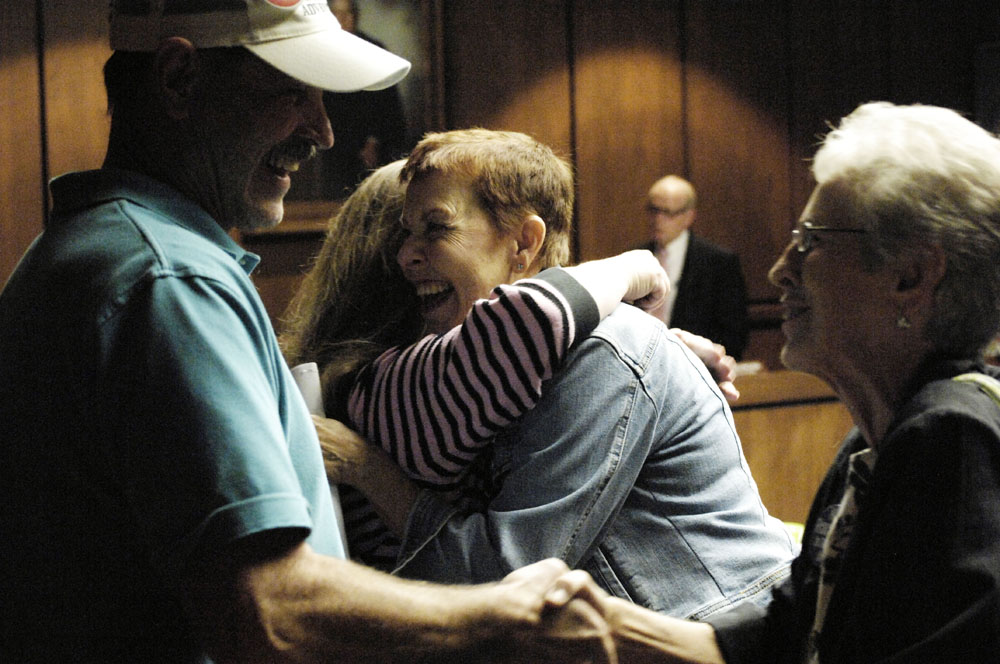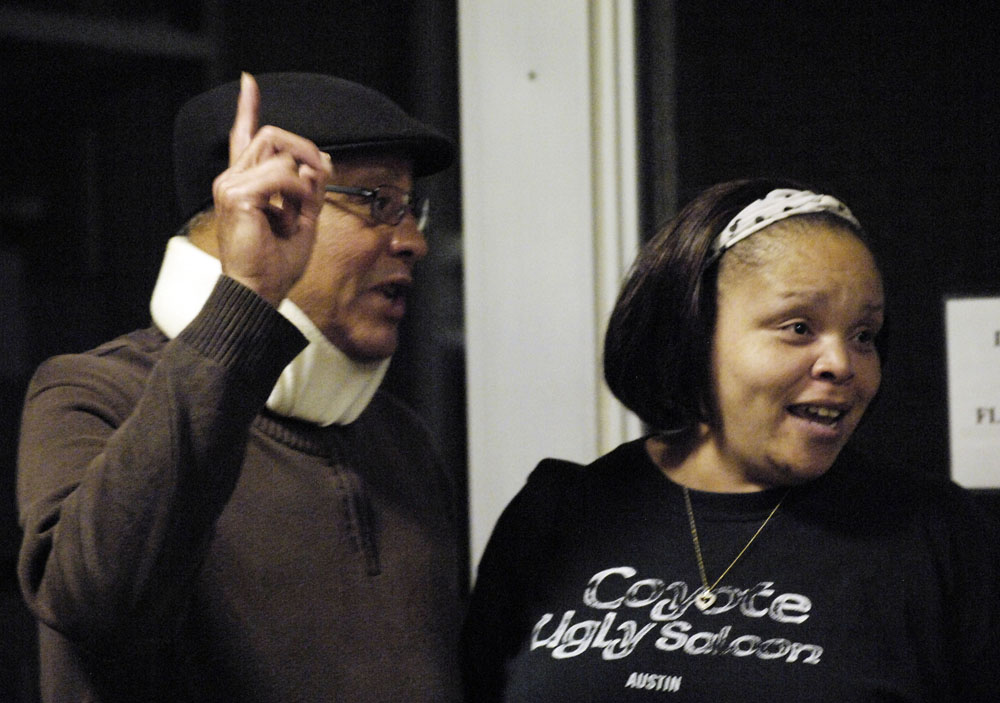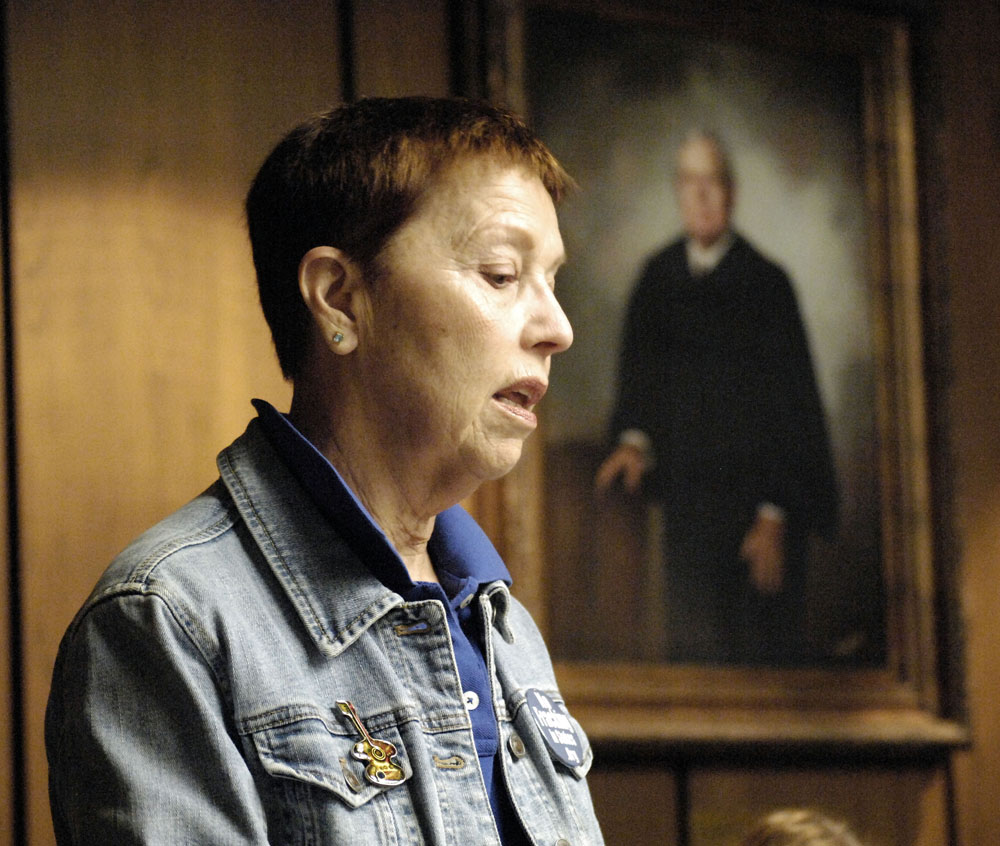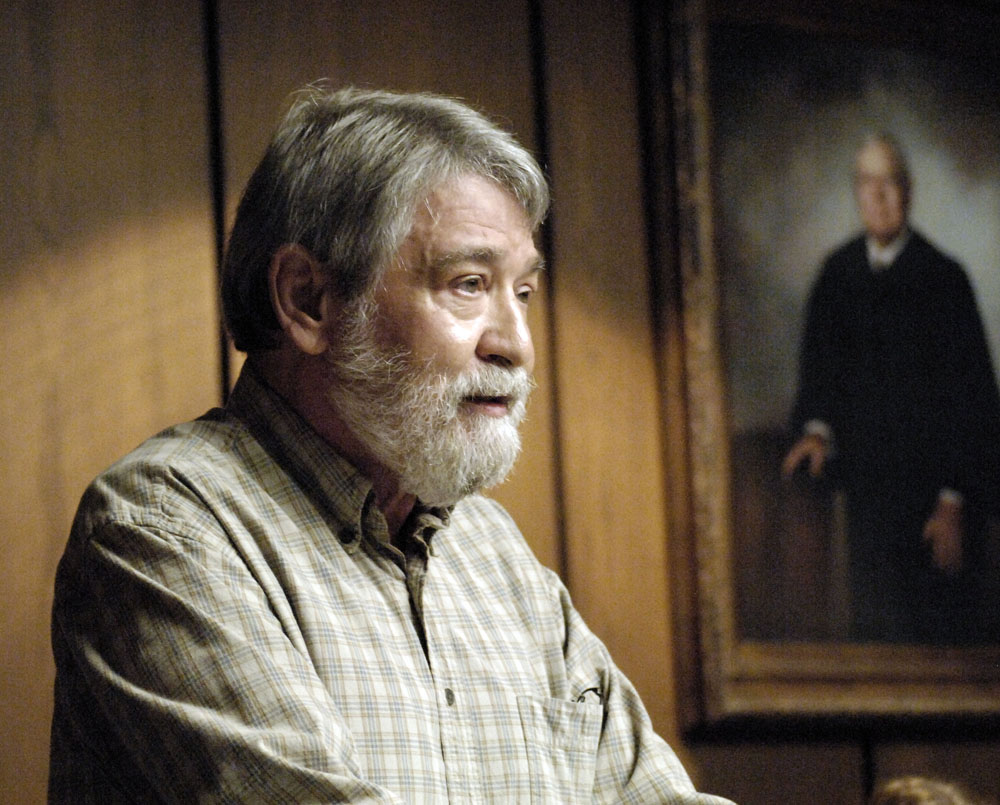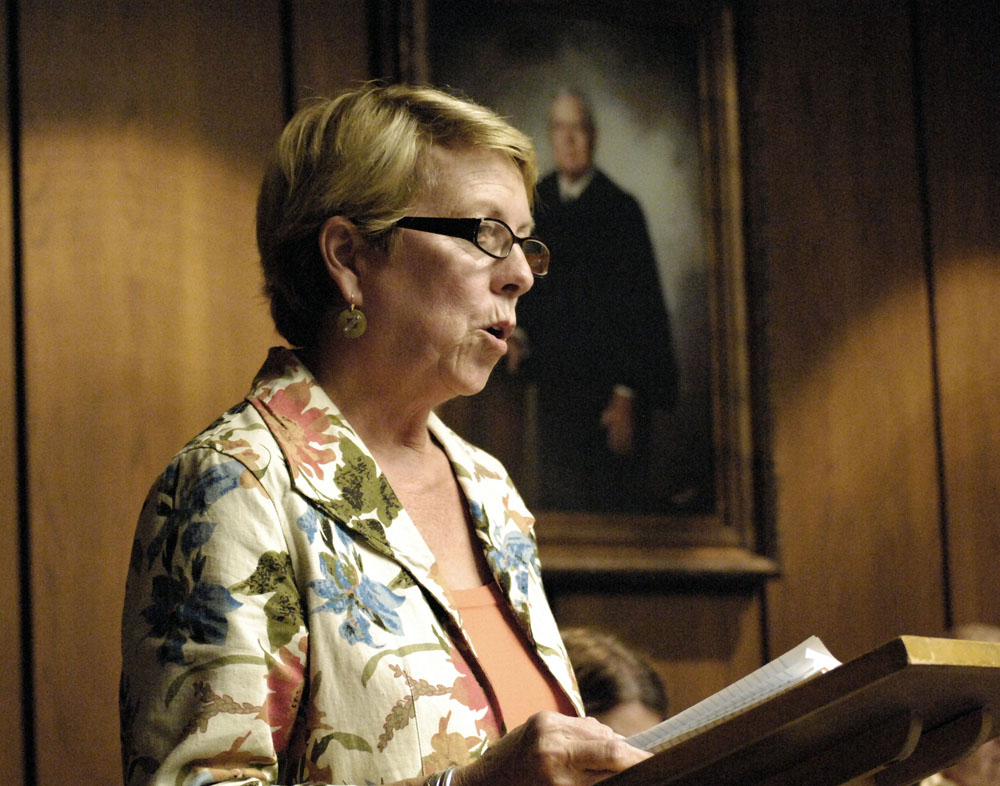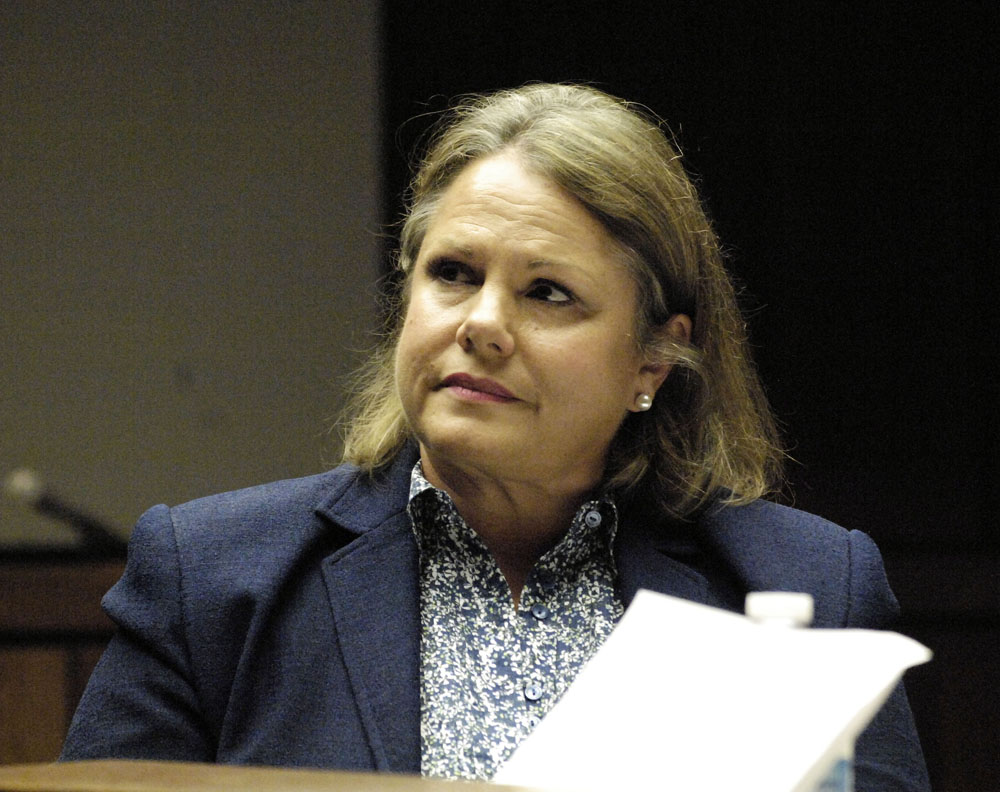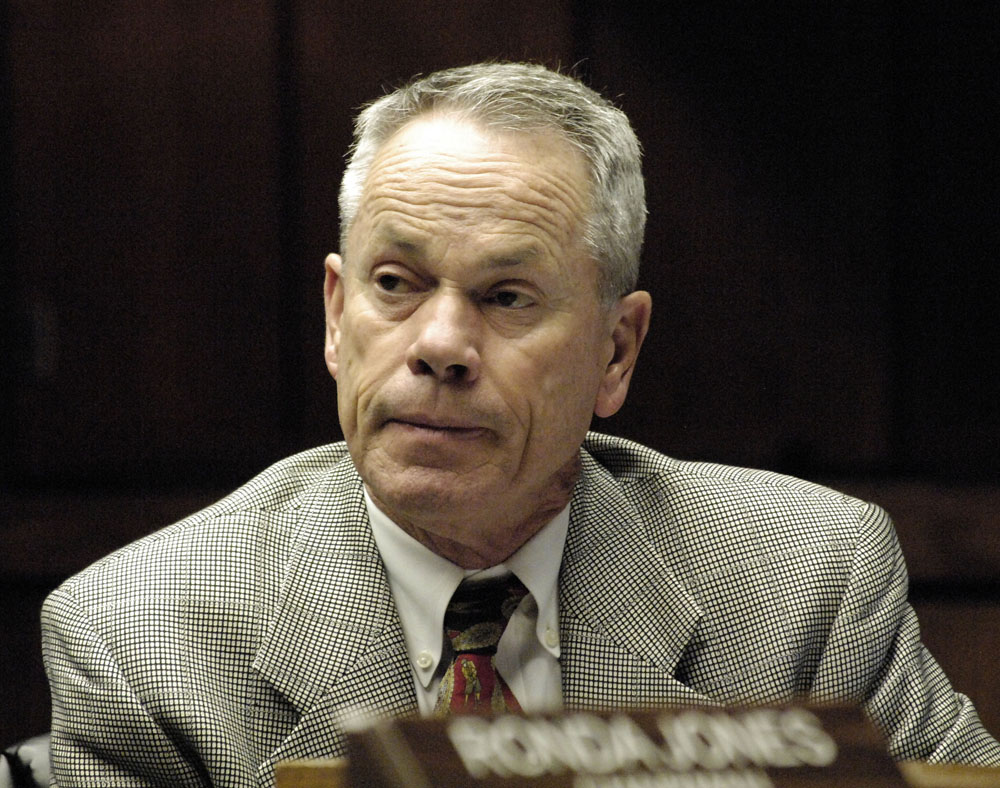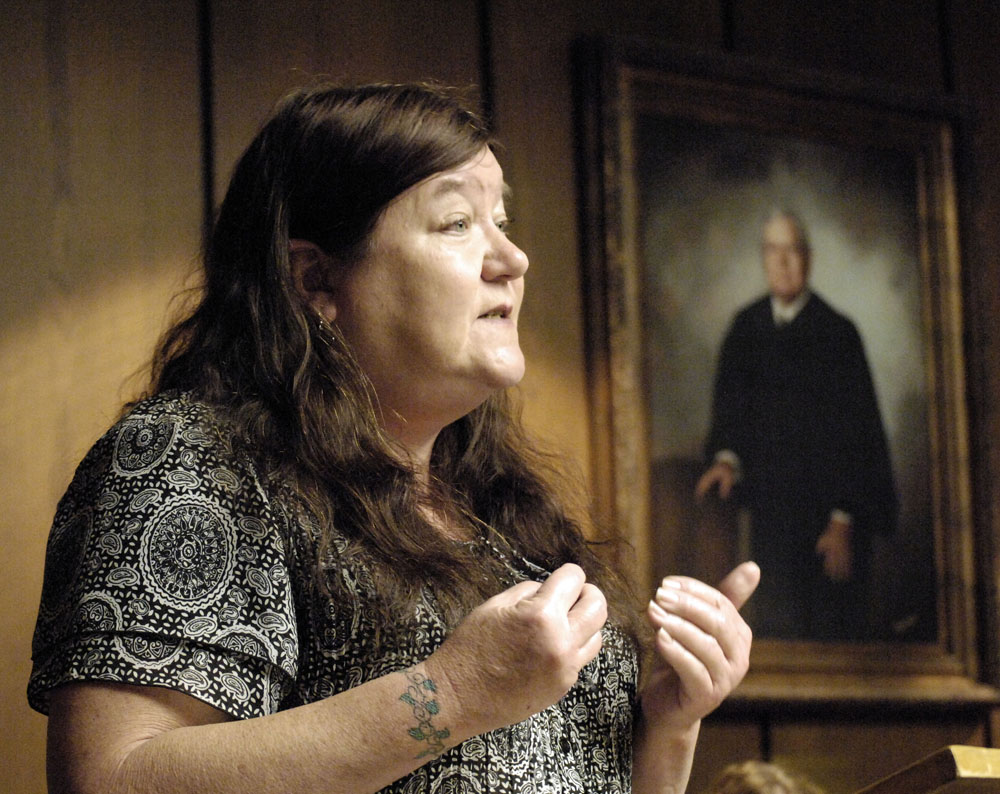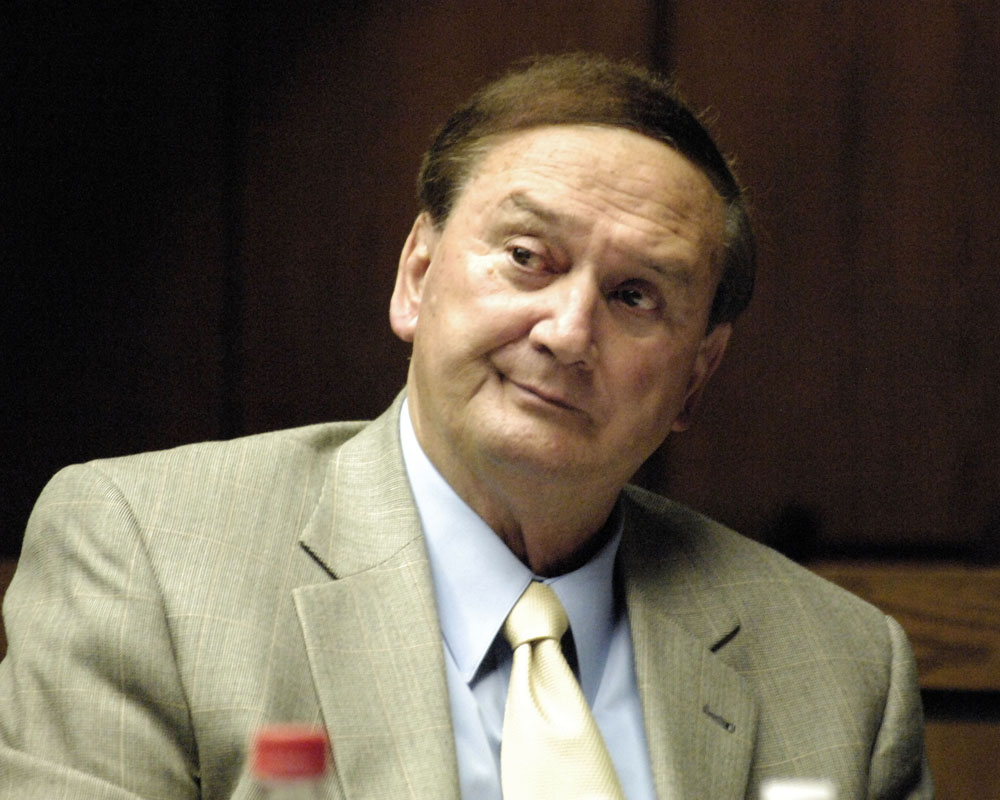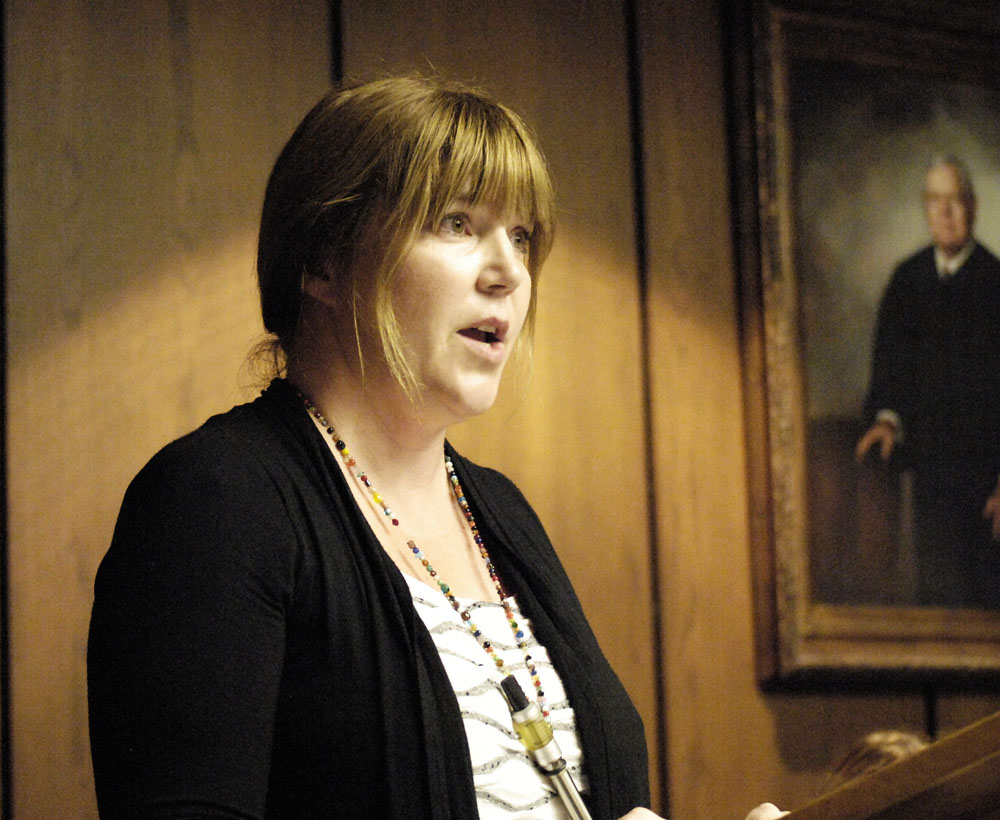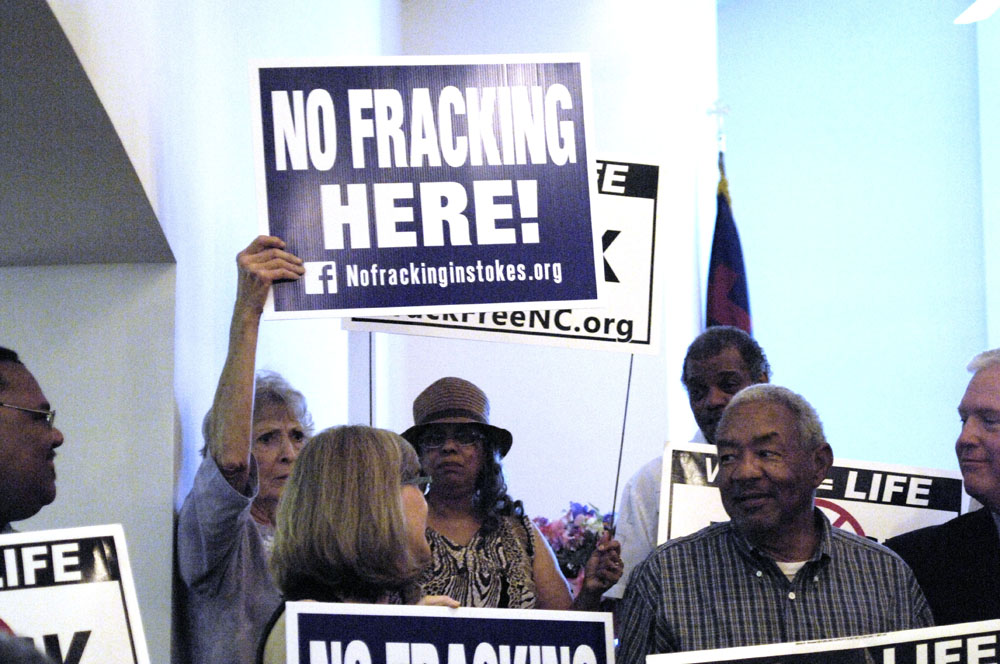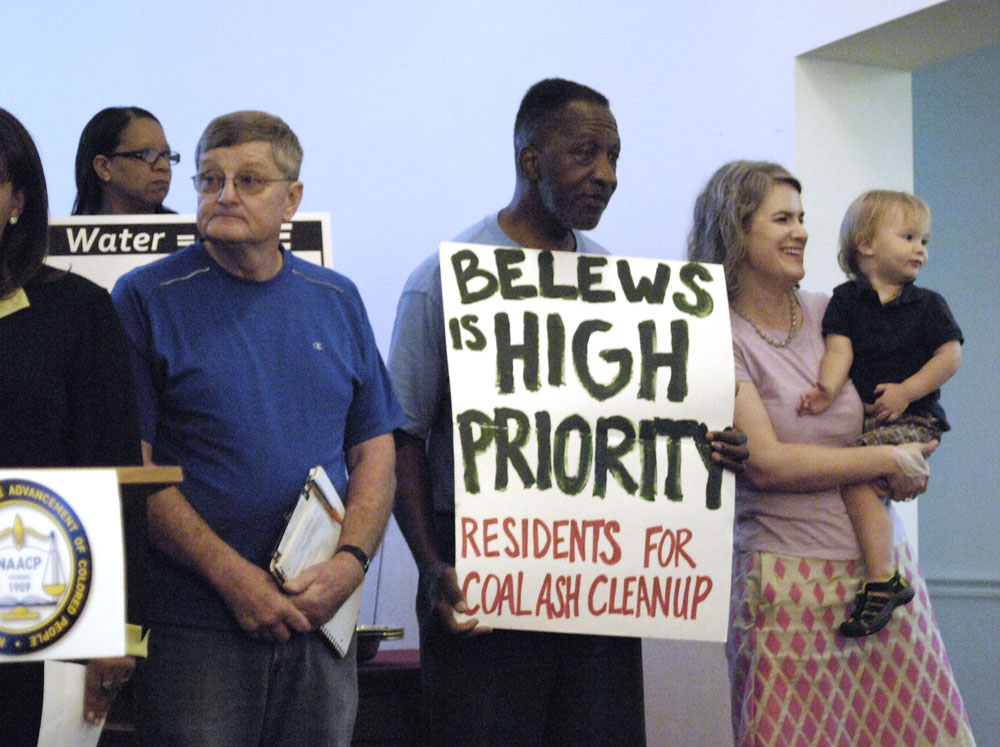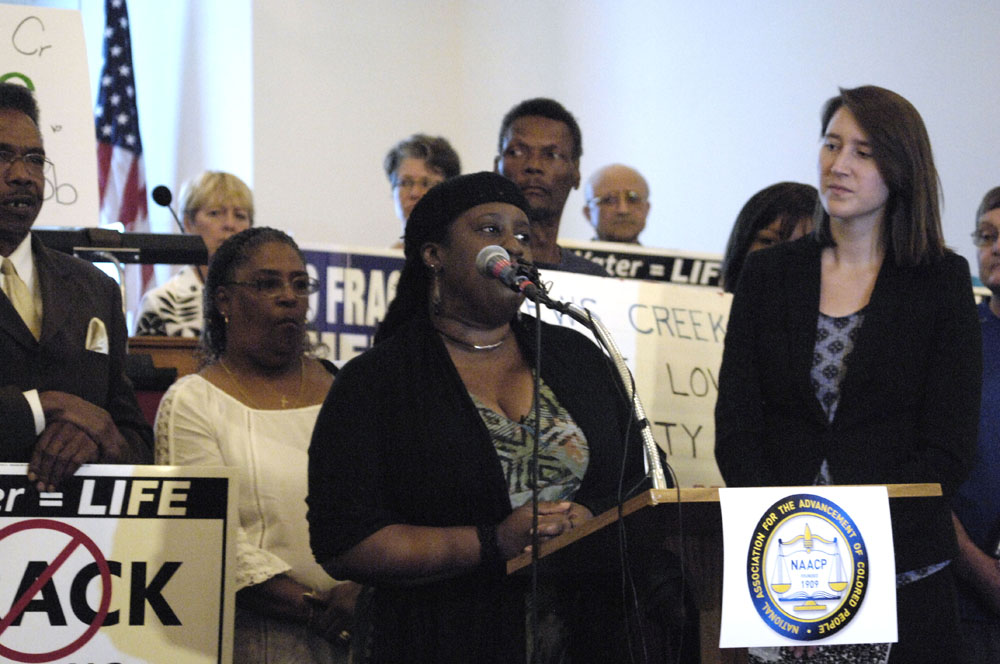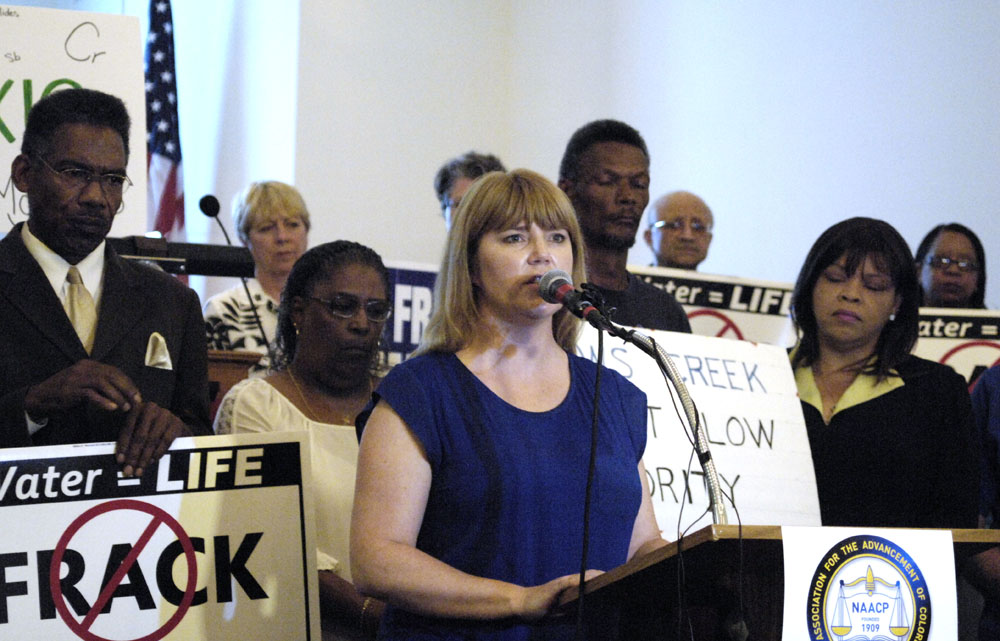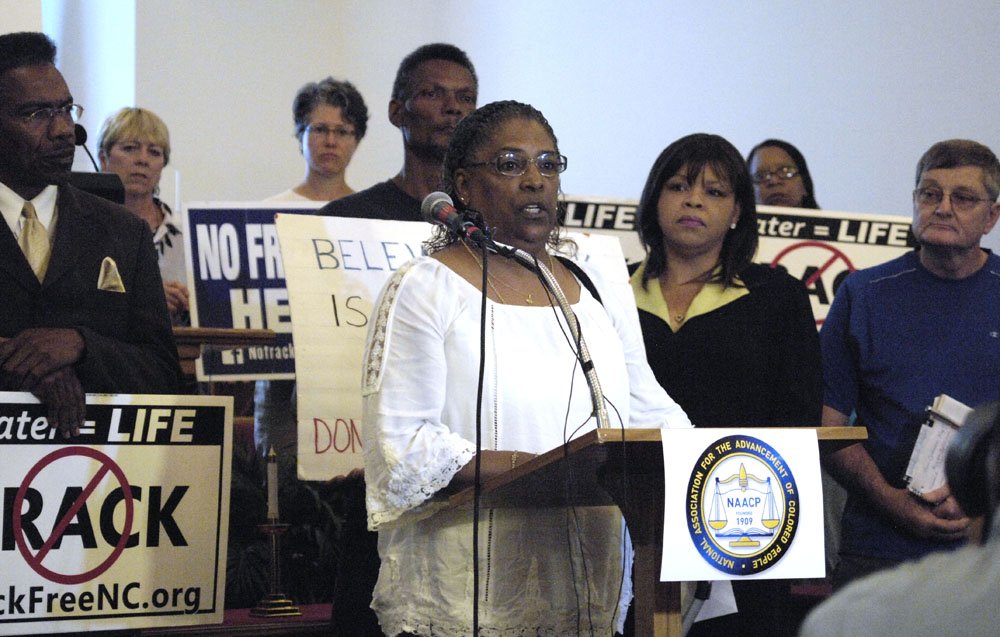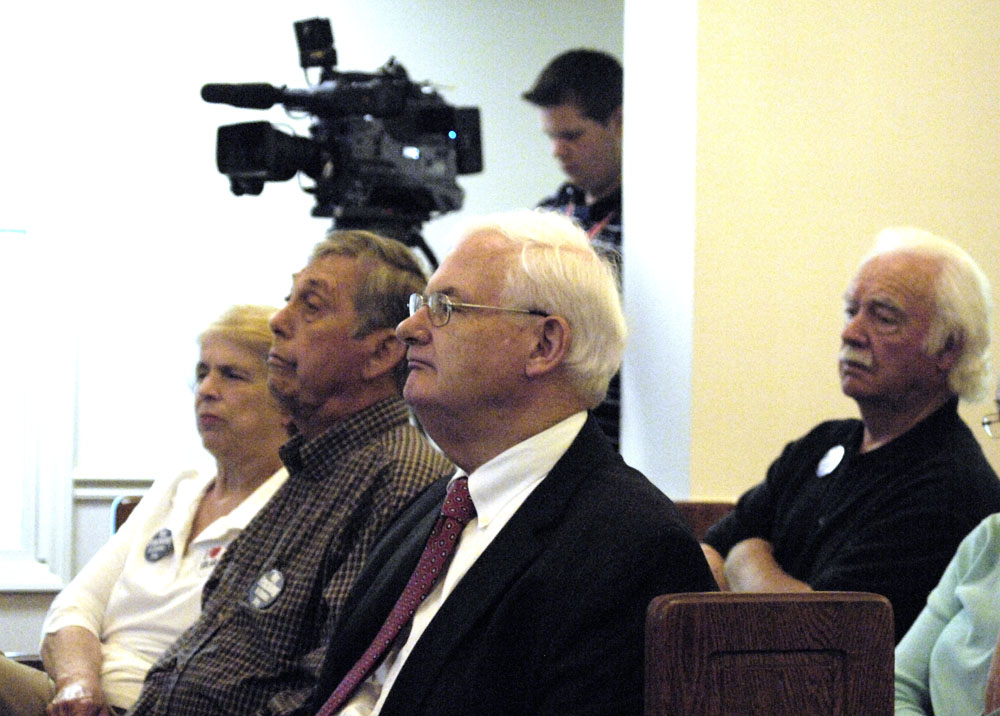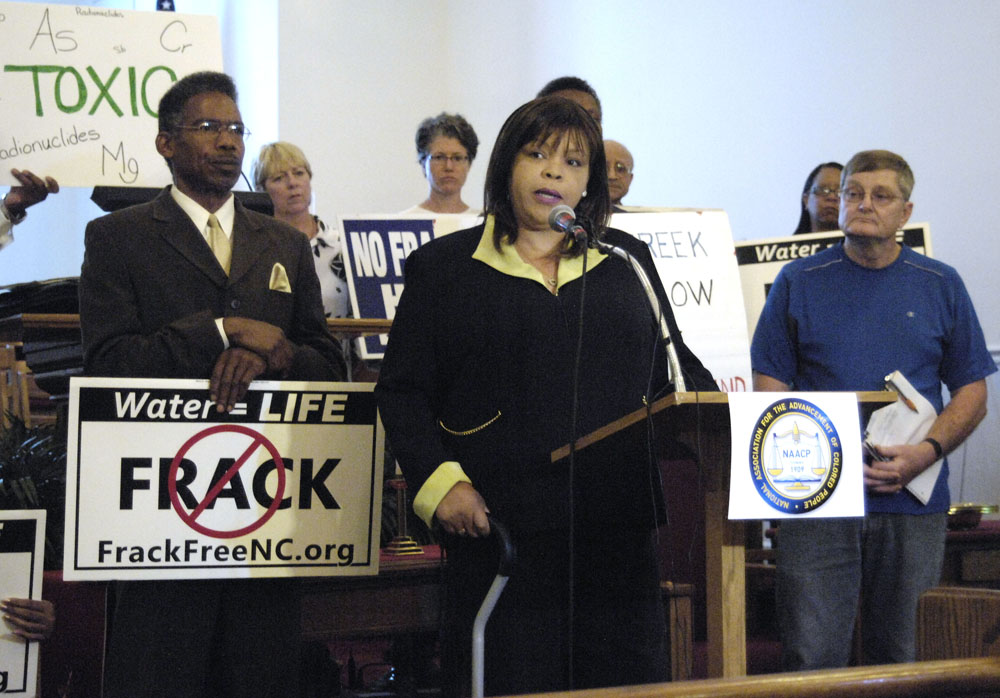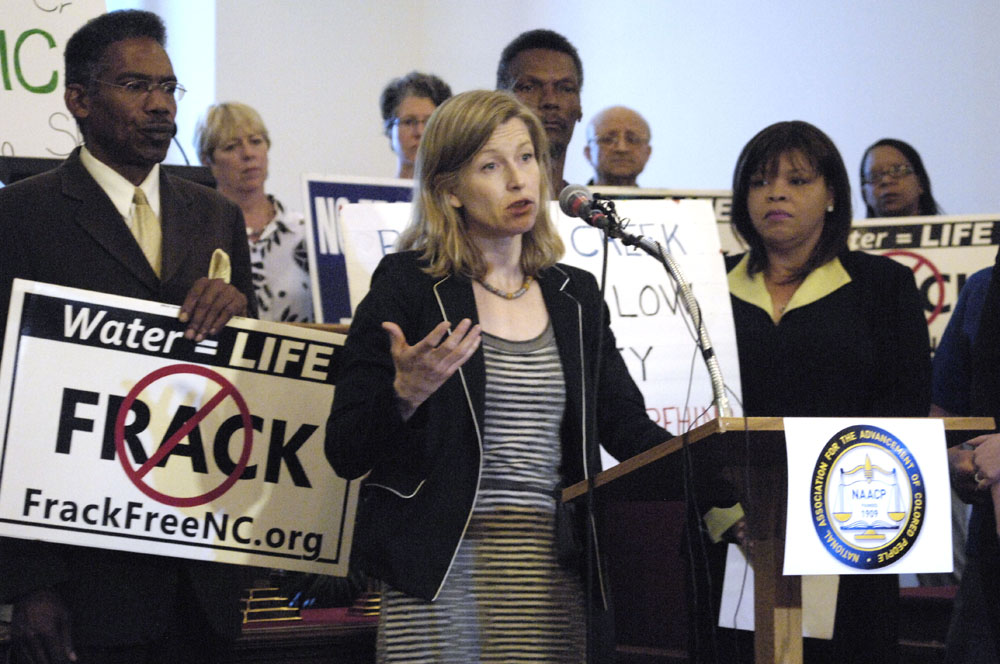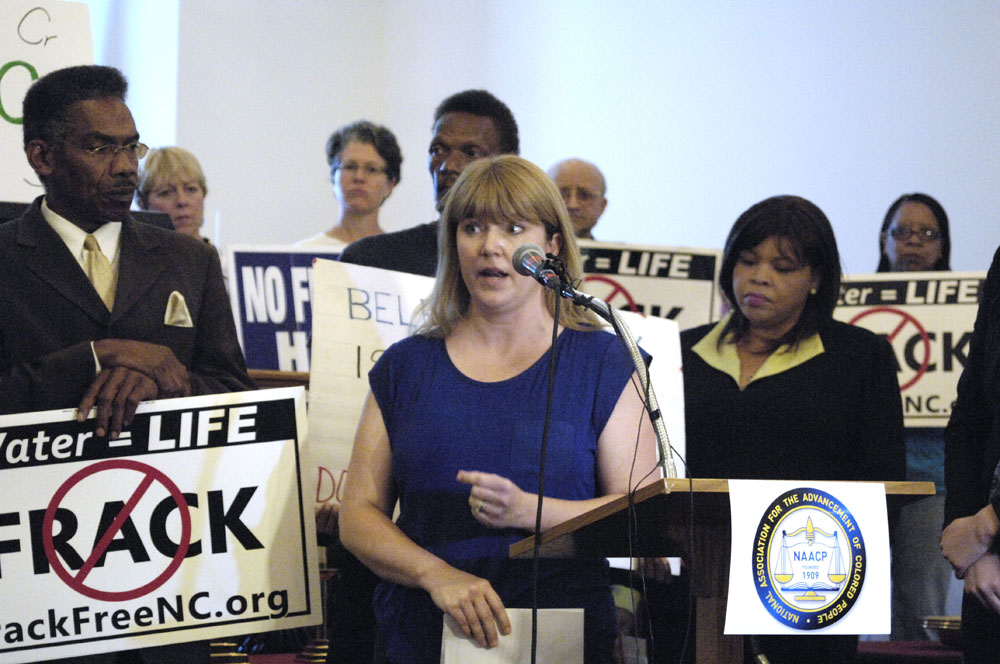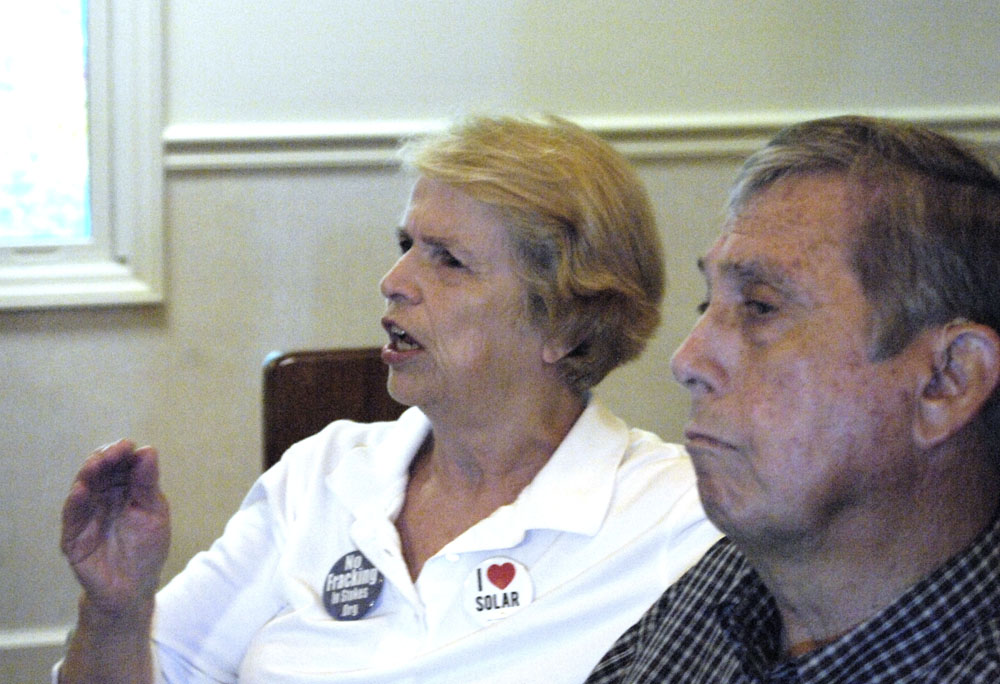
Sorry, non-nerds. This is a nerd post.
Technology companies these days assume that everyone, everywhere, has fast Internet and good cell phone coverage. In rural America, that is not the case. Millions of us have been left behind. In the 10 years that I have lived here in the woods, things have gotten better. But I still have sketchy cellular service (the nearest tower is about 2.75 miles away). For Internet, I now have HughesNet satellite service. It’s fast, but it’s expensive. I get only so many gigabytes a month. And a half-second delay is built into everything you do, just because of the speed of light and the round trip to the satellite (46,000 miles).
A week ago, when I bought an Apple Watch 4, I knew that I was taking a risk and that some of the features might not work well in a fringe area. For example, by default, if the watch’s owner is more than 65 years old (I am), then fall detection is turned on. If the watch’s internal sensors think that you have taken a fall, and if you don’t move and don’t respond to the watch for a minute, then the watch will call emergency services and send texts to your emergency contacts. I wanted that feature not only for fall detection, but also so that I always would have on my wrist a way to call 911.
I am happy to report that, when I did a walkaround today, the watch was able to make calls from anywhere on abbey property — the woods as well as the yard, garden, and orchard. However, to make that happen, I had to order a WIFI range extender and mount it in the abbey’s attic. It took a lot of fussing, experimenting, and reading to figure out why a WIFI range extender was necessary in my situation.
My watch is paired with a new iPhone XR. The phone actually is quite a good cell phone, much better than my now-retired iPhone 5, which was six years old. I’m on the Verizon network. The iPhone XR will make an LTE connection to Verizon if it can. That’s the fastest kind of connection, but LTE also requires better signal strength. If the nearest Verizon tower is too far away to support LTE, then the iPhone will fall back to 3G, or CDMA-EVDO, which is slower but totally useful. If the signal strength is too weak to support 3G, then the iPhone will fall back to CDMA-1x, which is very slow but good enough for phone calls and even slow, slow, data. The iPhone even has another option. If WIFI is available, then the iPhone can make phone calls using WIFI, routed through Verizon’s “VZW-Wifi” system. In short, the iPhone XR has options for how it connects to the nearest tower, it has decent antennas, and it has enough power to be a pretty good cell phone. The iPhone also has the option of routing calls over WIFI.
The Apple watch can function as a cell phone even when its paired iPhone is not nearby. The watch can connect directly to Verizon. But the watch is not a powerful cell phone. The watch has low power and tiny antennas. Even worse, the watch supports only LTE, so it cannot fall back to 3G or 1x when signals are weak. Apple watches love the city. But there is a limit to what they can do in rural areas with fringe cellular coverage. However, if the watch’s paired iPhone is nearby, then the watch will make its calls through the iPhone, using a Bluetooth connection to the iPhone. That provides some options for people like me who are in fringe areas — as long as the iPhone is within Bluetooth or WIFI range of the watch.
So, what if I’m out mowing the yard, the mower turns over on a steep bank, I’m thrown off and land hard, and I don’t respond when the Apple watch asks if I’m OK. As long as the iPhone is in my pocket, the Apple watch will connect to the iPhone, and the iPhone will make the call and send the texts. Depending on where I am on abbey property, the iPhone might make its emergency call using LTE, 3G, or WIFI. By walking around the entire property, including into the woods and up the ridge, I determined that the iPhone always has an option for making the call. LTE works up on the ridge, for example. But down by the stream, and in most of the yard, the iPhone chooses WIFI.
About the watch: I love it! I actually like wearing a watch. The Apple watch will always be accurate to a fraction of a second, because it gets the time from network time servers. I was somewhat skeptical about whether the fitness features of the watch (and of the iPhone XR) would be useful, but they are, not least because the watch gently encourages you to keep moving. I also learned that my old-fashioned rural lifestyle is more active than I realized. Even on a sedentary day, I cover two miles and 25 flights of stairs. Four miles a day is easy to achieve. Because the watch helps you calculate the number of calories you’ve burned each day, it provides decently accurate advice on how much you can eat without gaining weight. It’s also nice to know that my resting heart rate is in a very healthy range. The new Apple Watch 4 has new features that obviously are aimed at older people. The geniuses at Apple are geniuses at separating us from our money, even our retirement income.
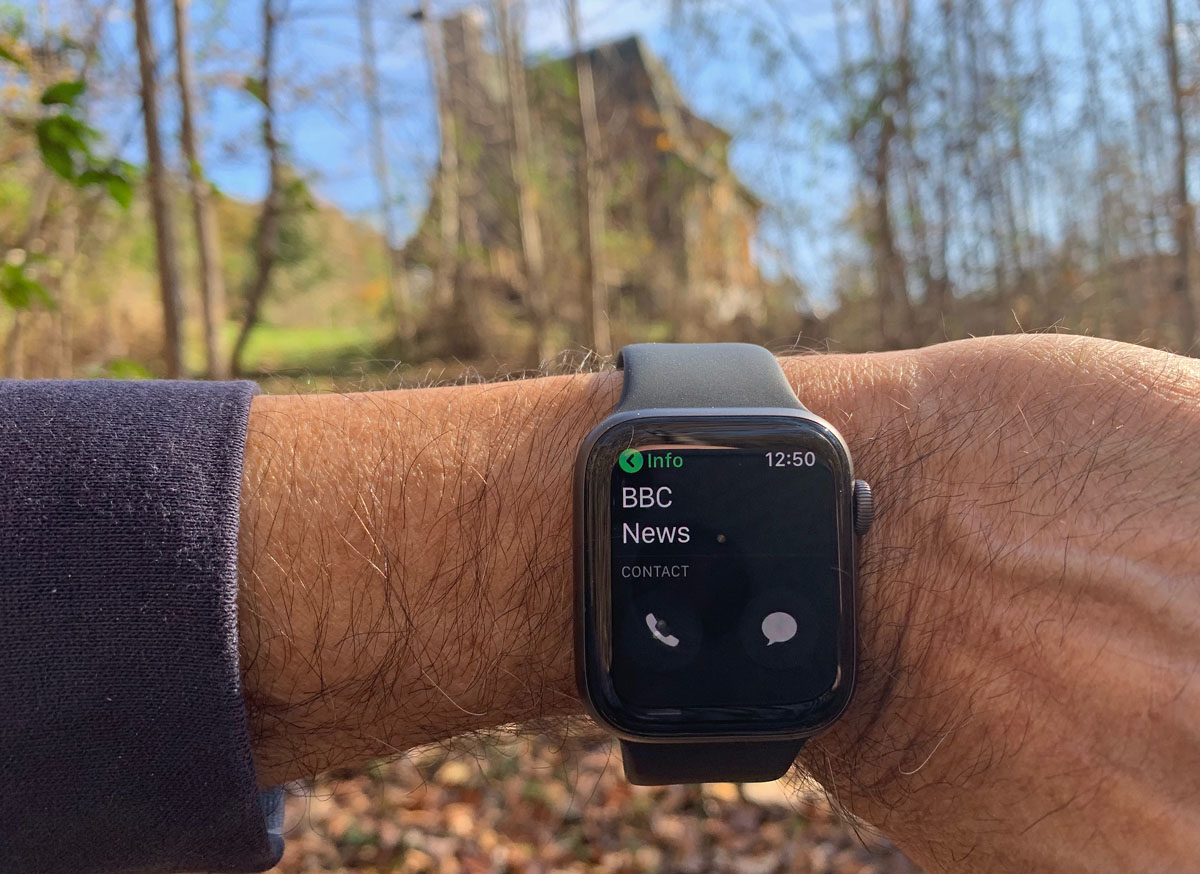
To test the watch’s ability to make phone calls anywhere on abbey property, I used the number that anyone can call to hear BBC’s audio — (605) 781-9836.
